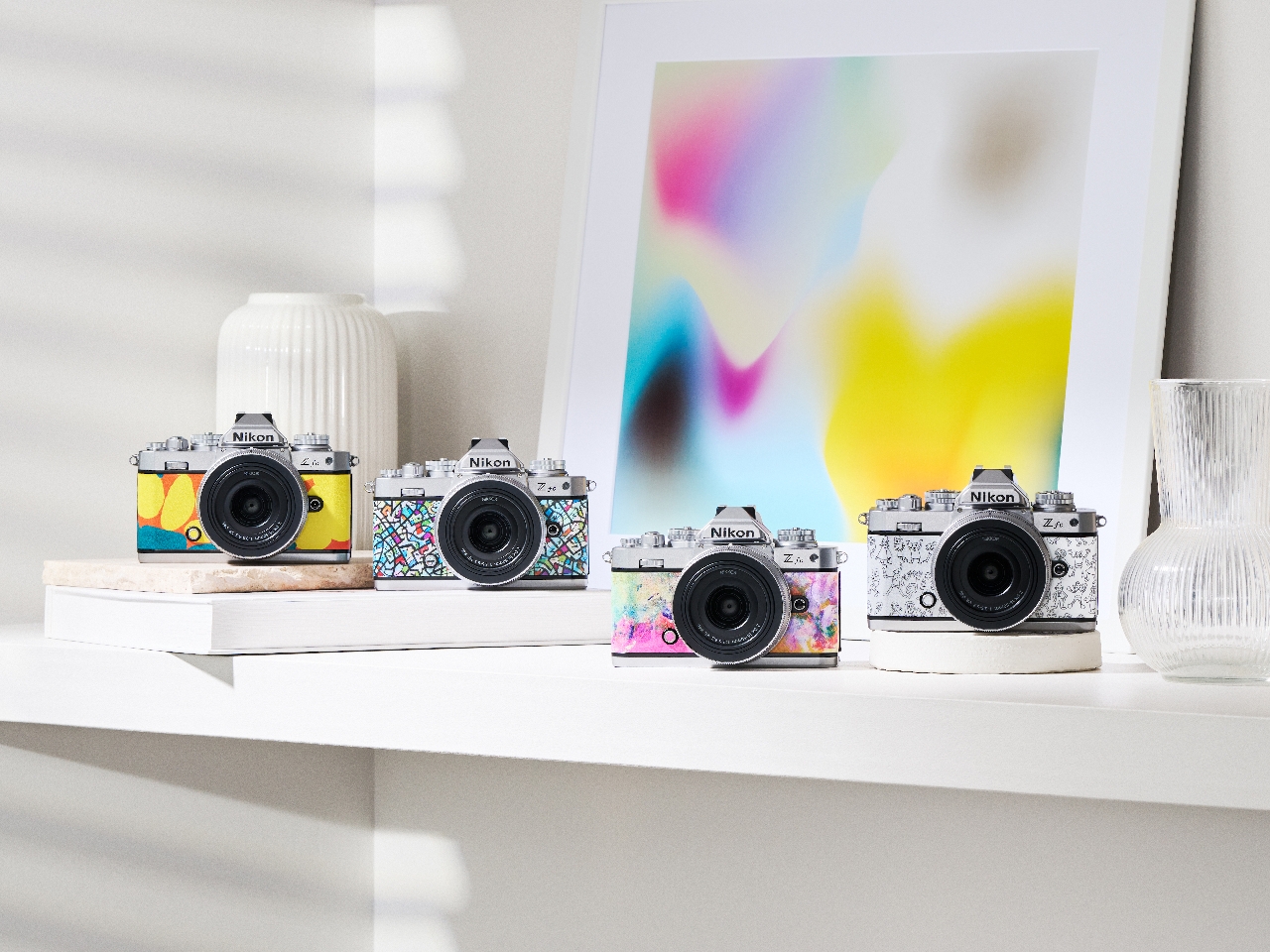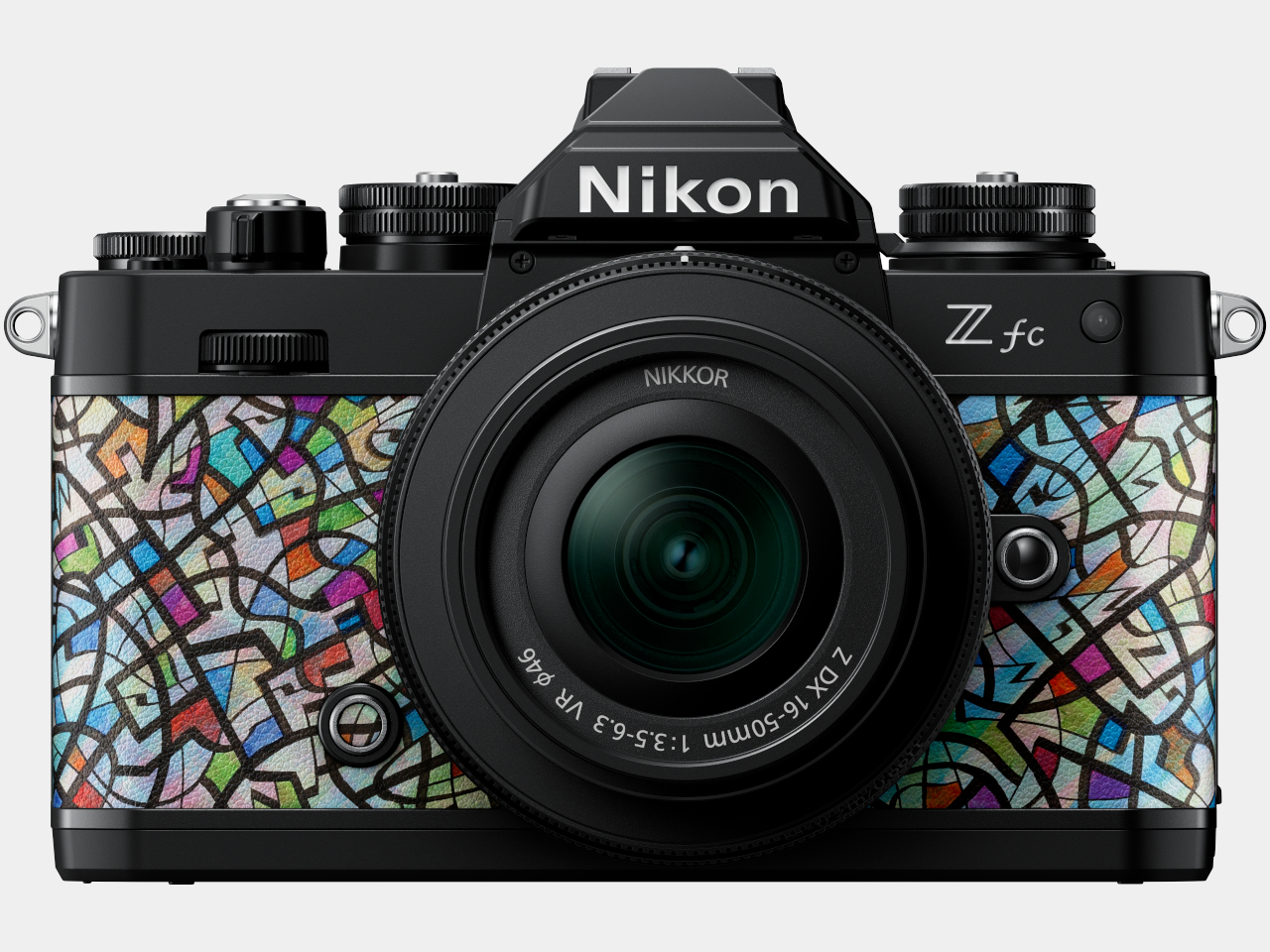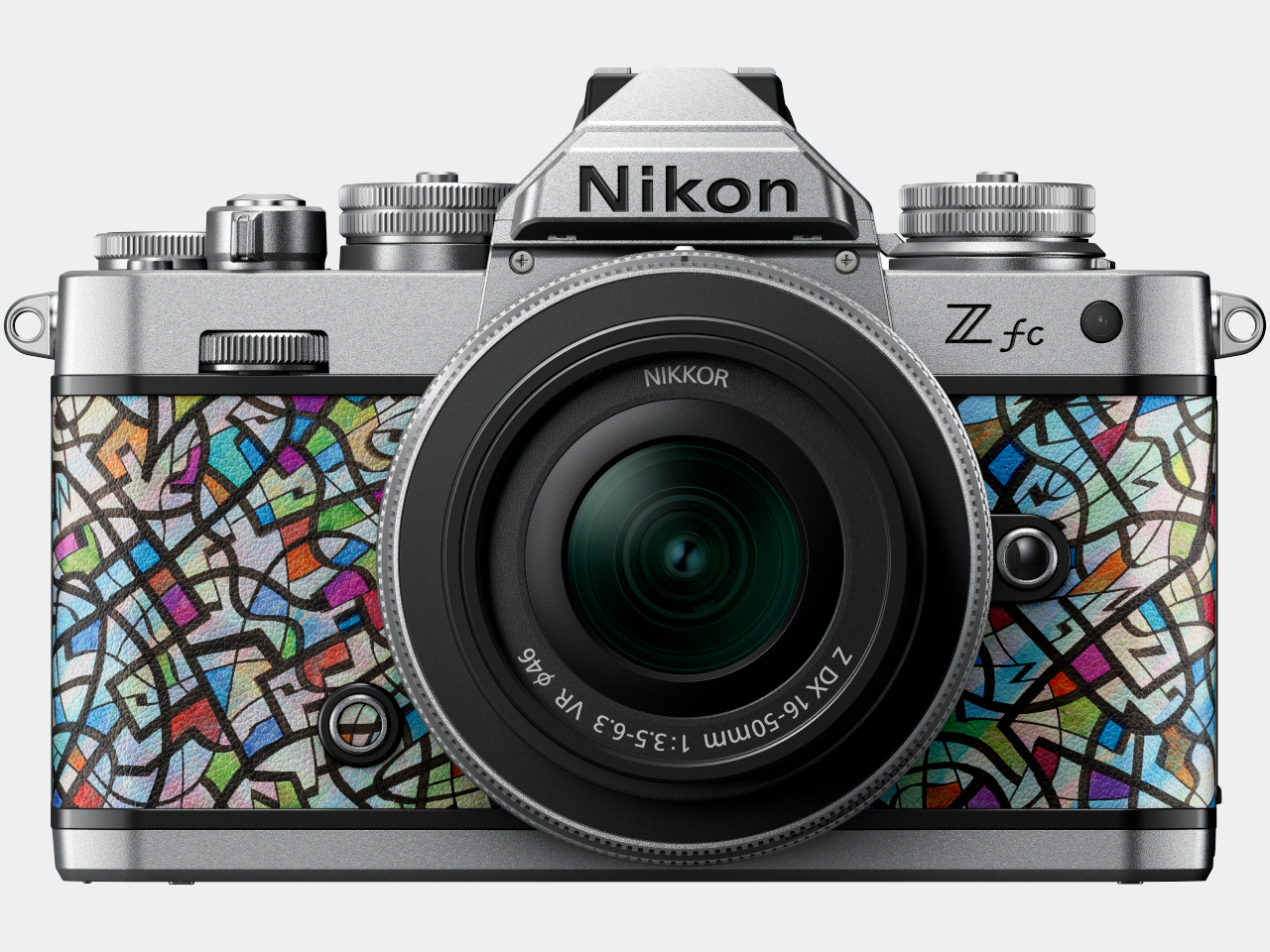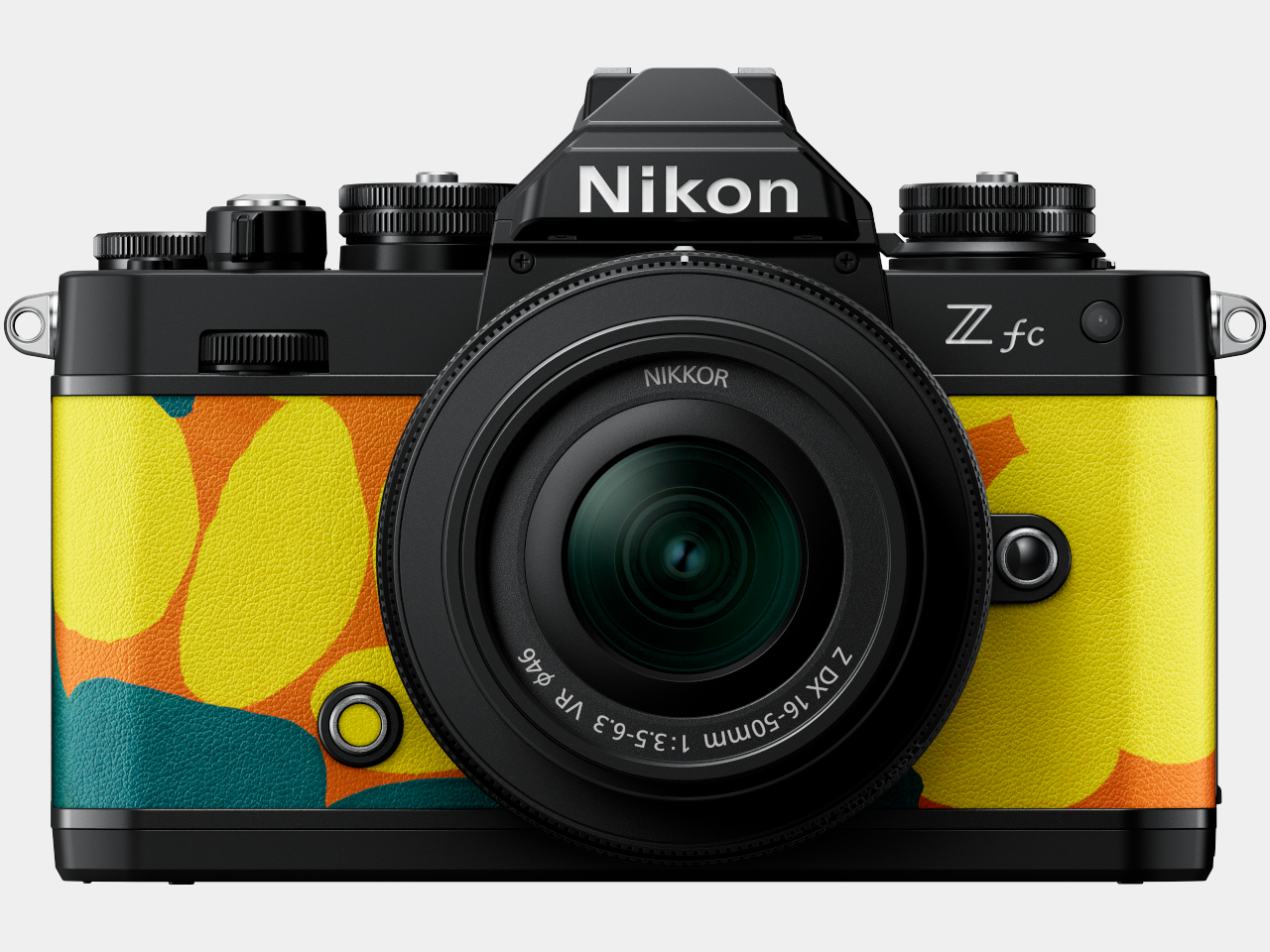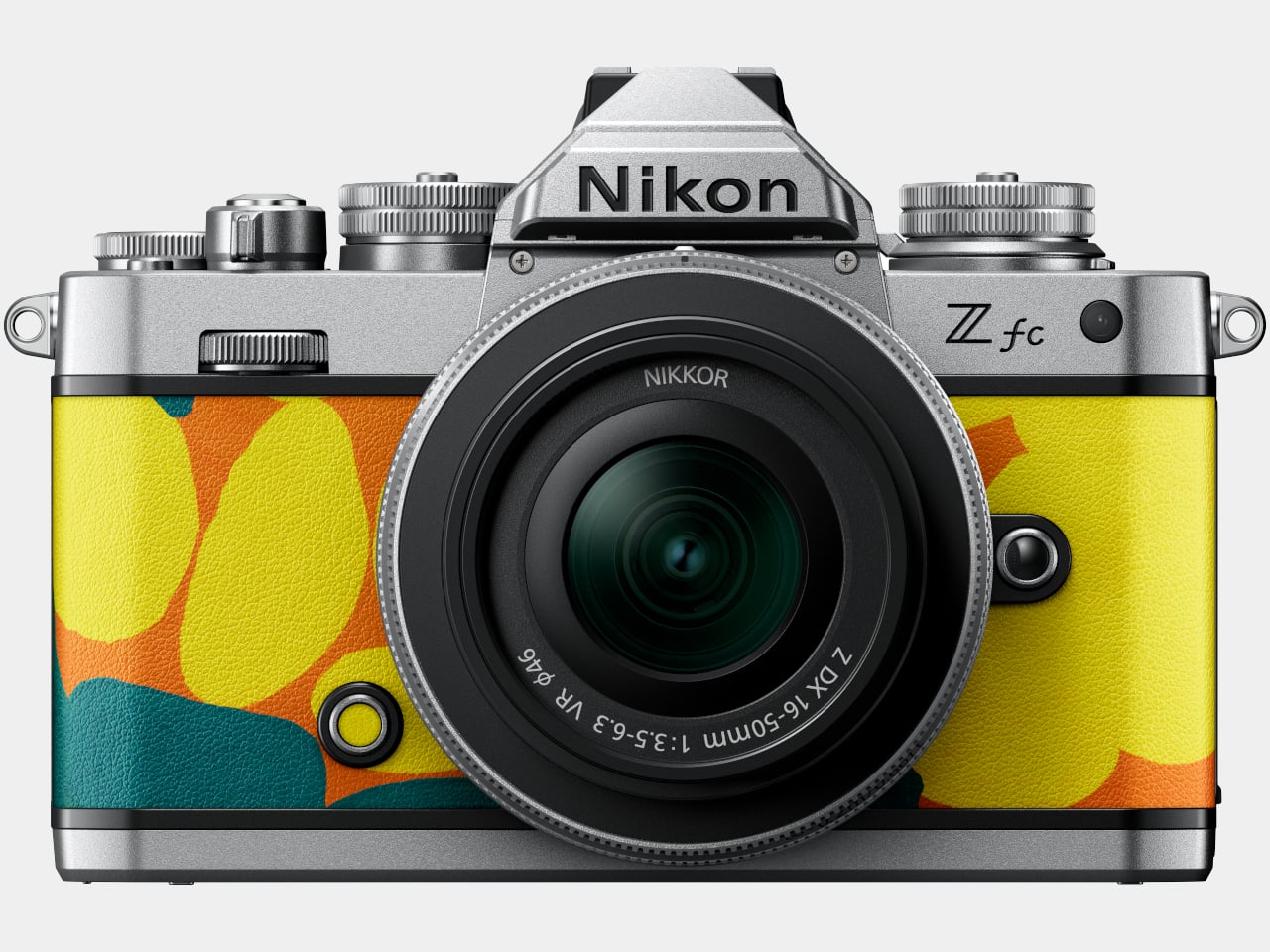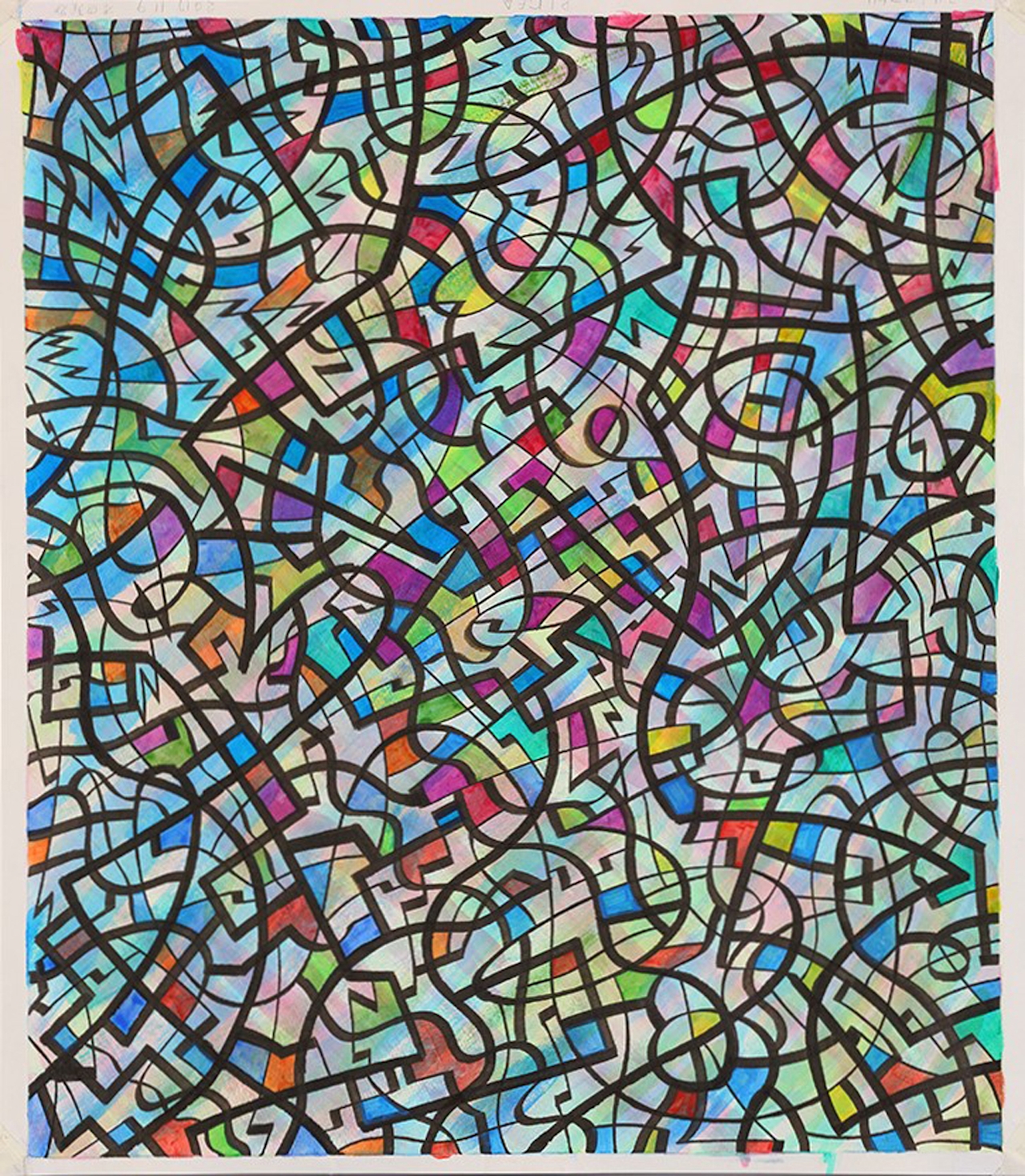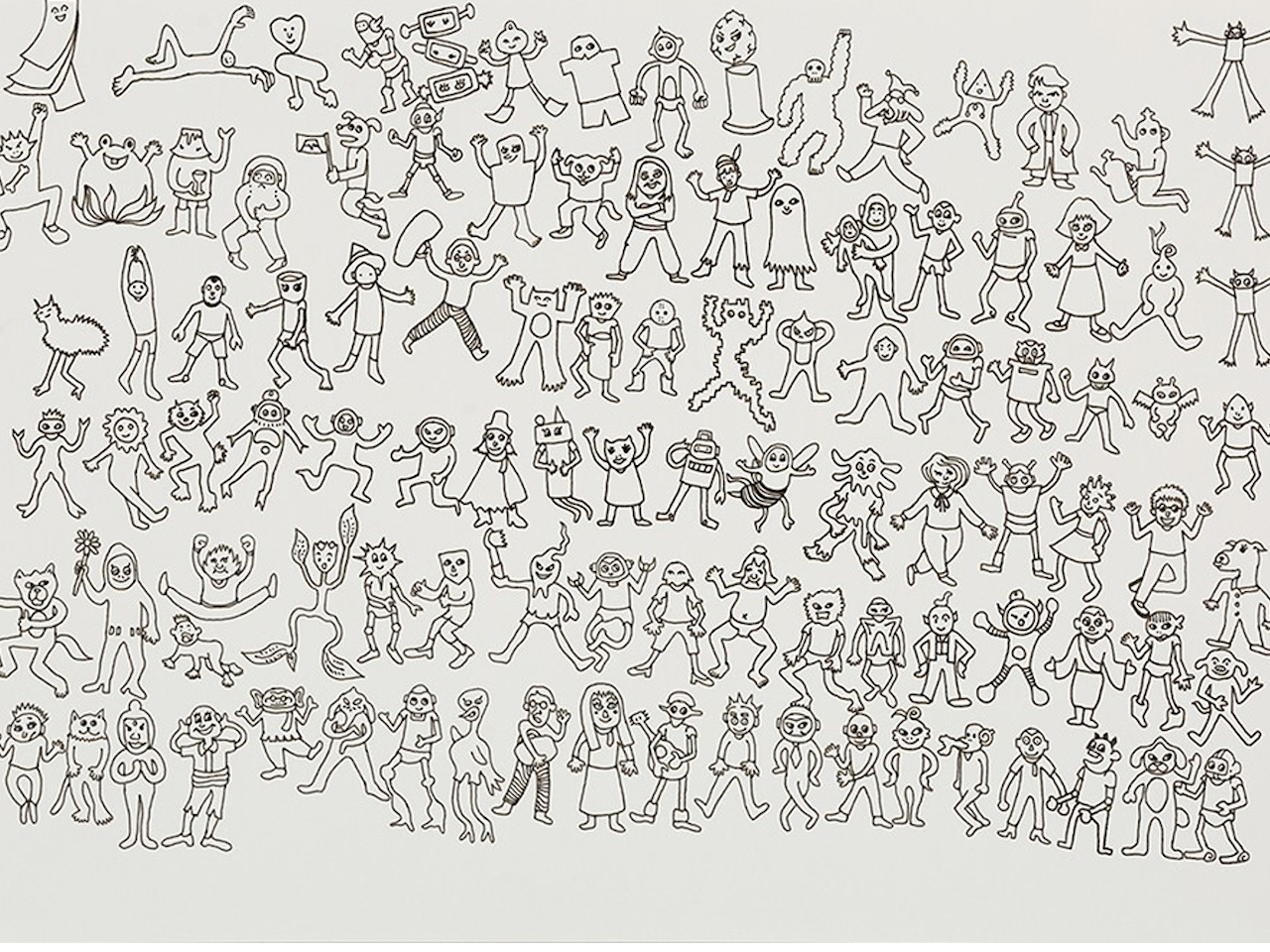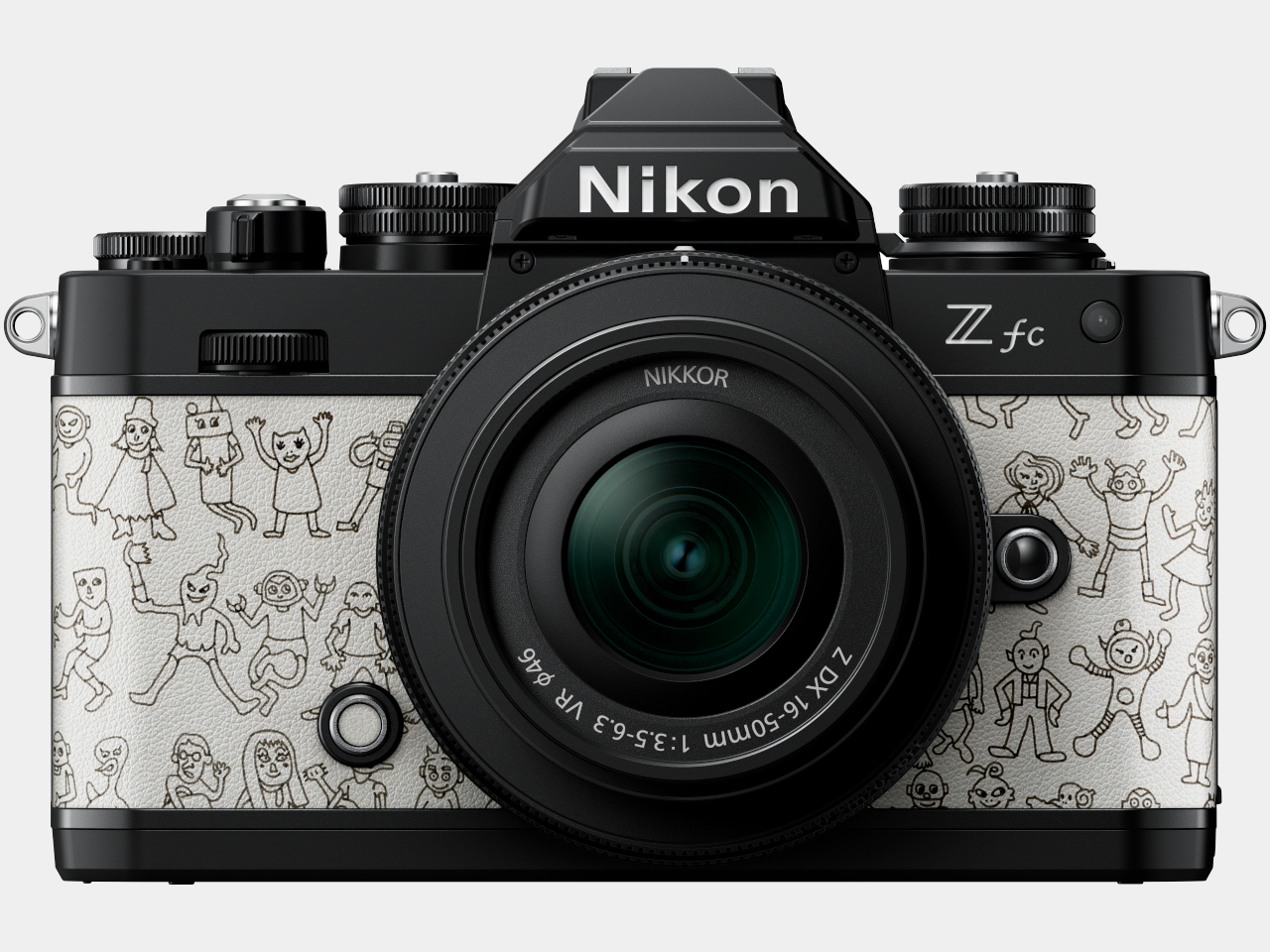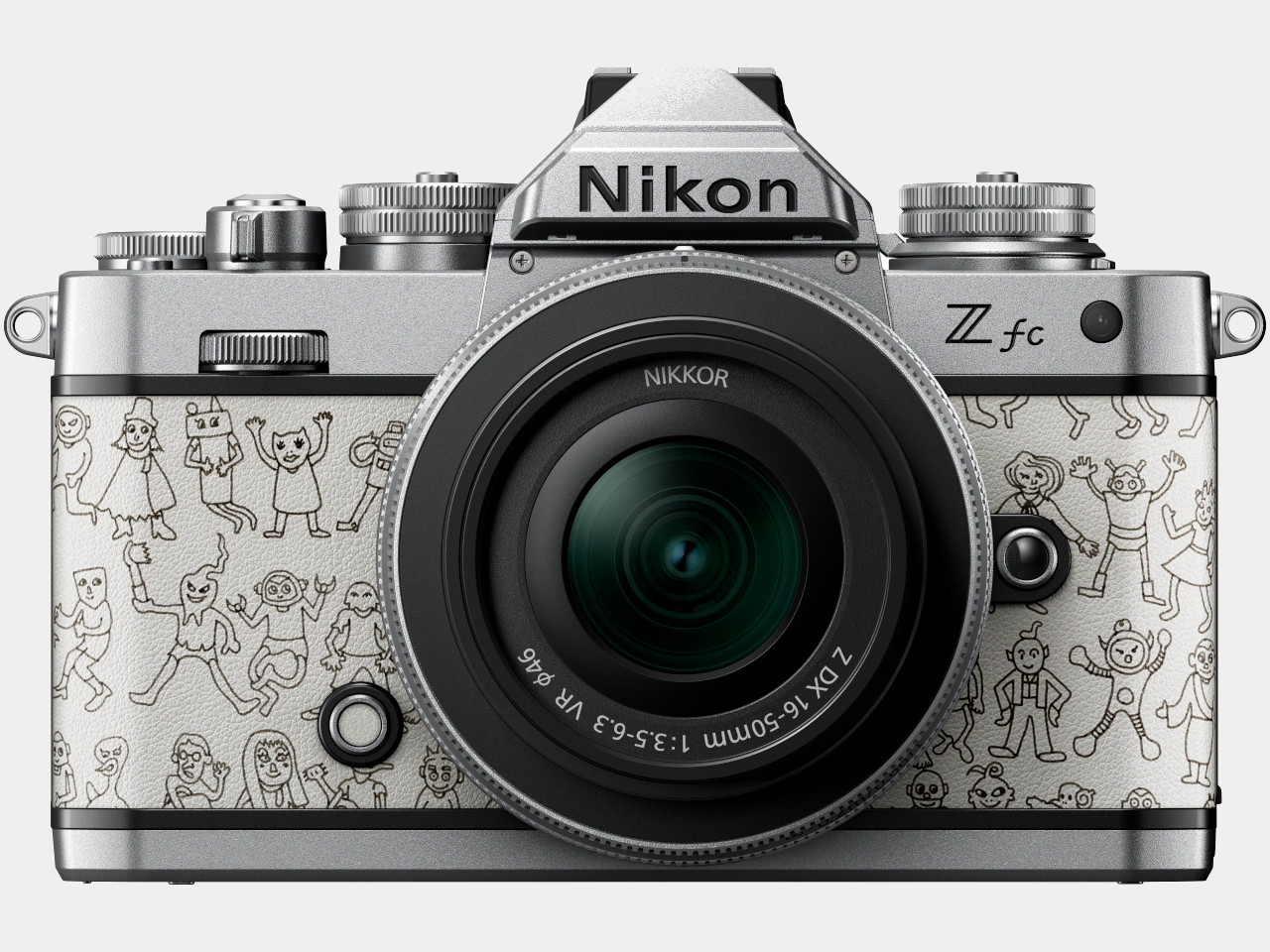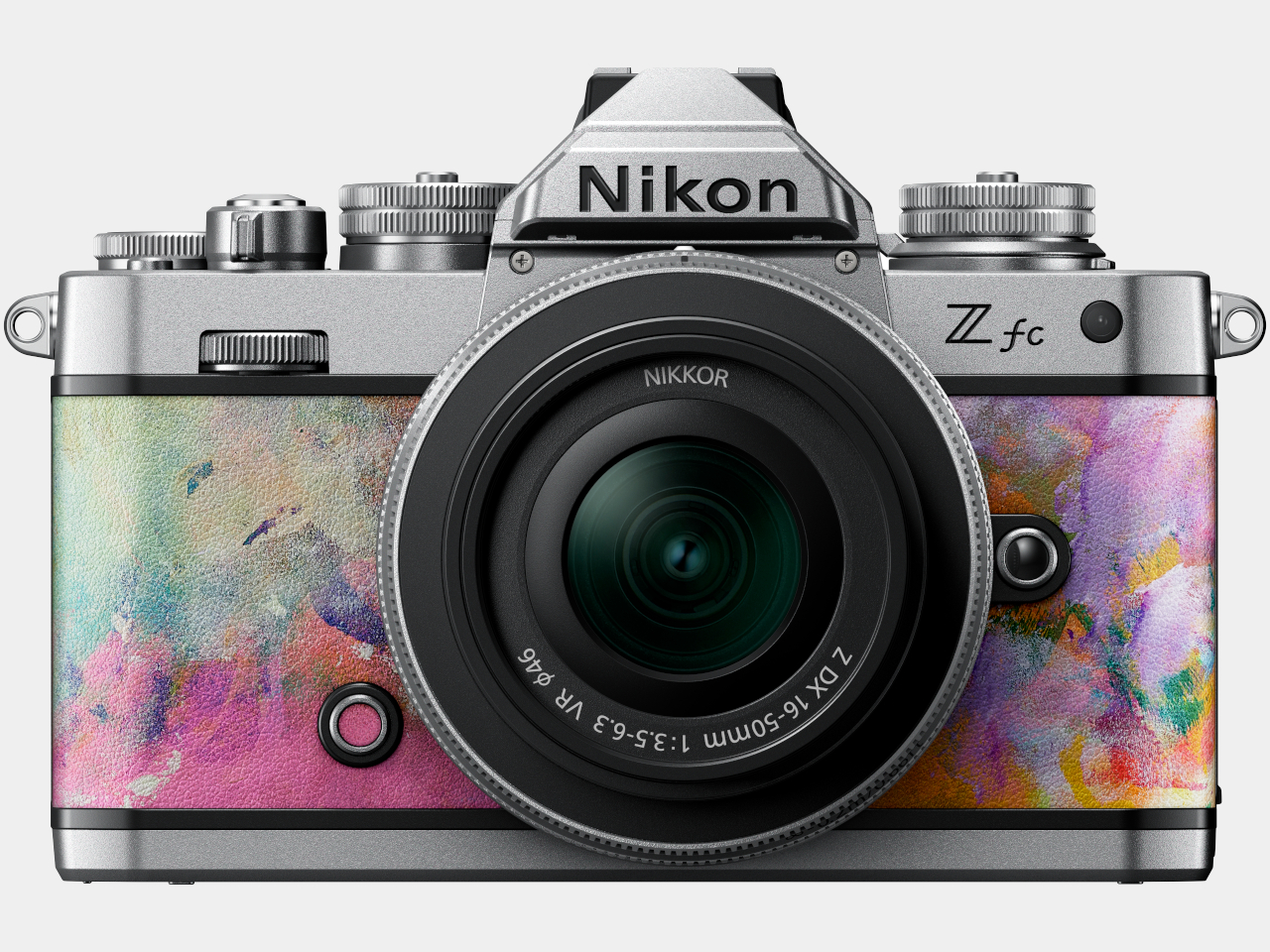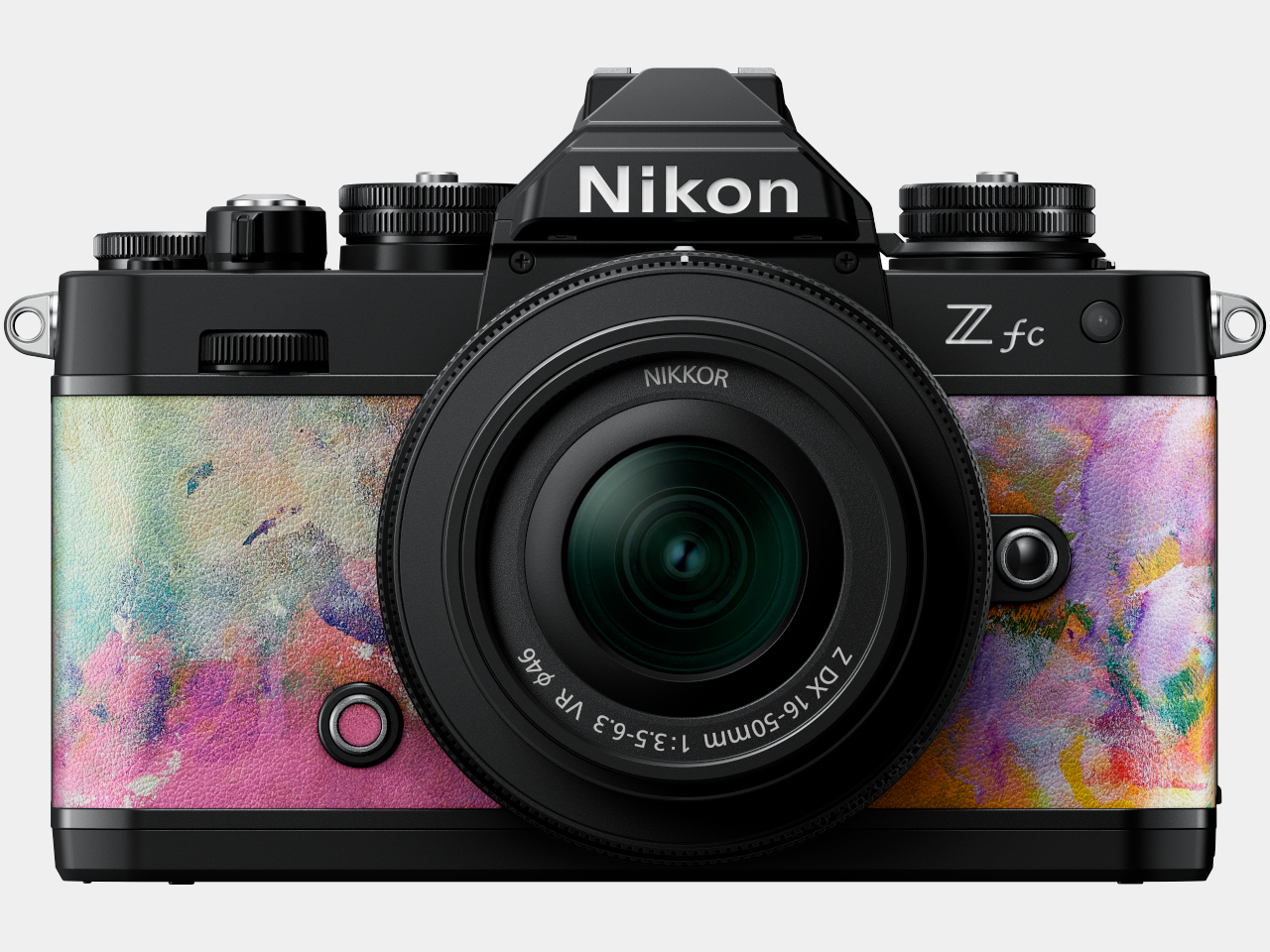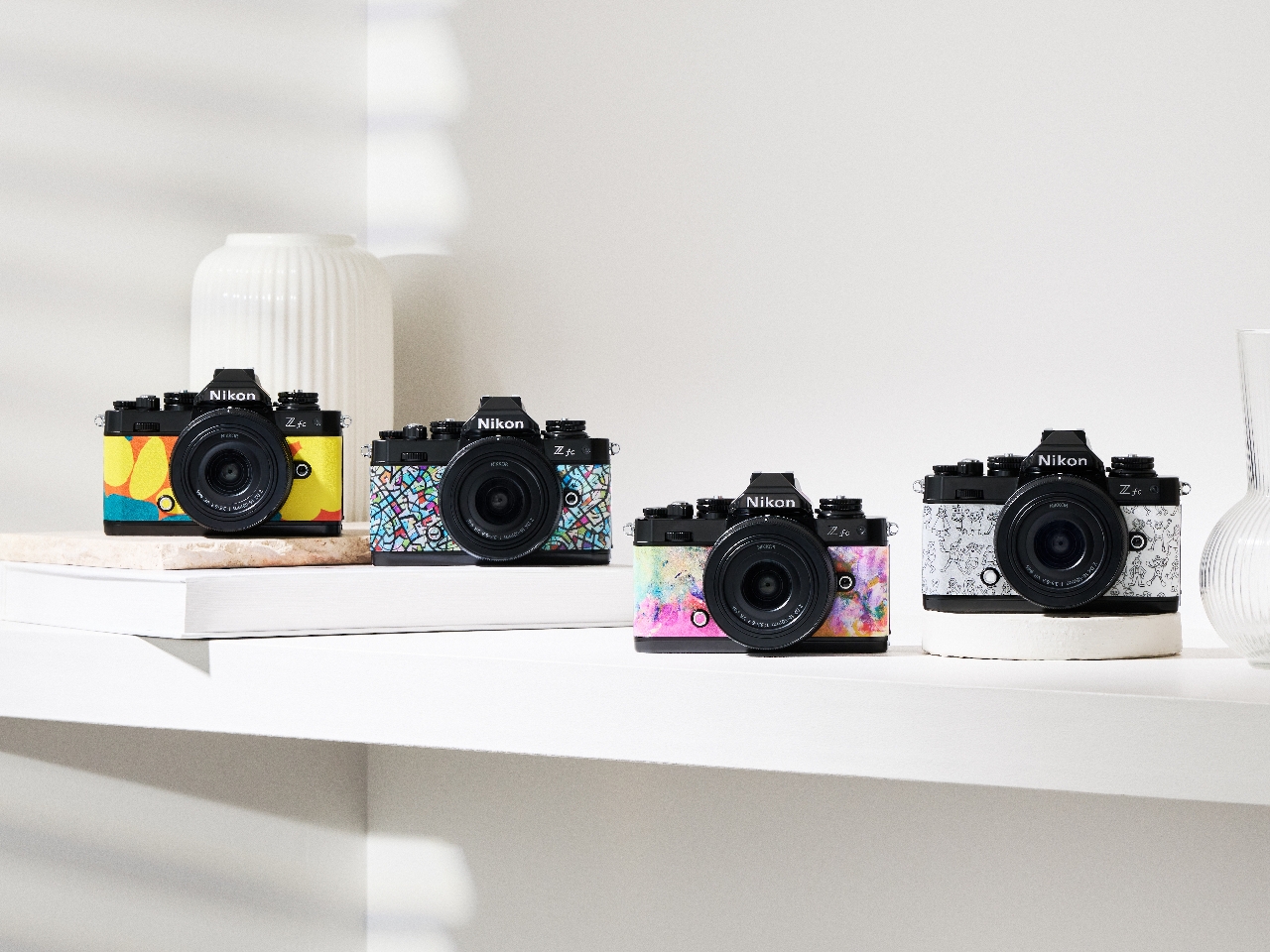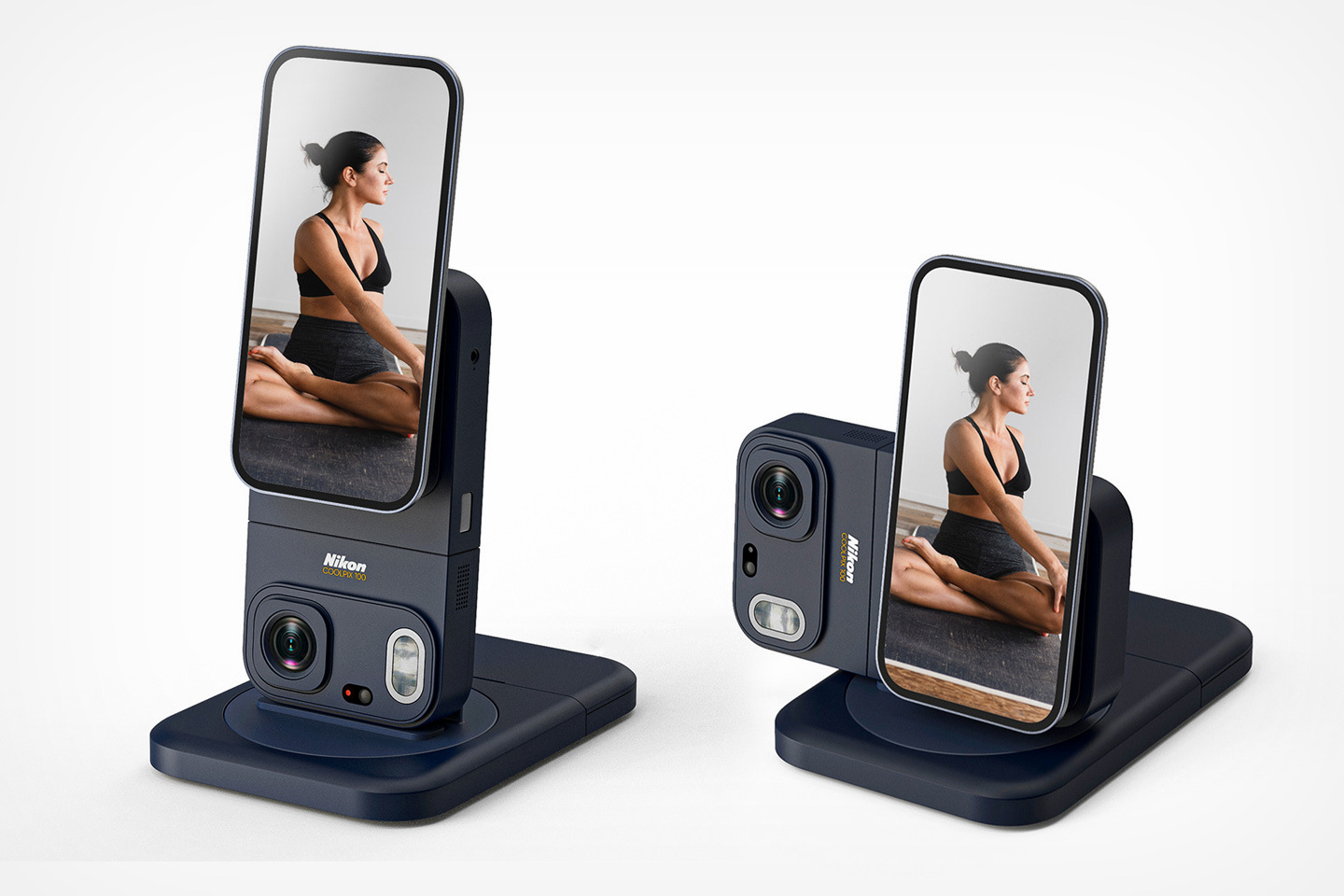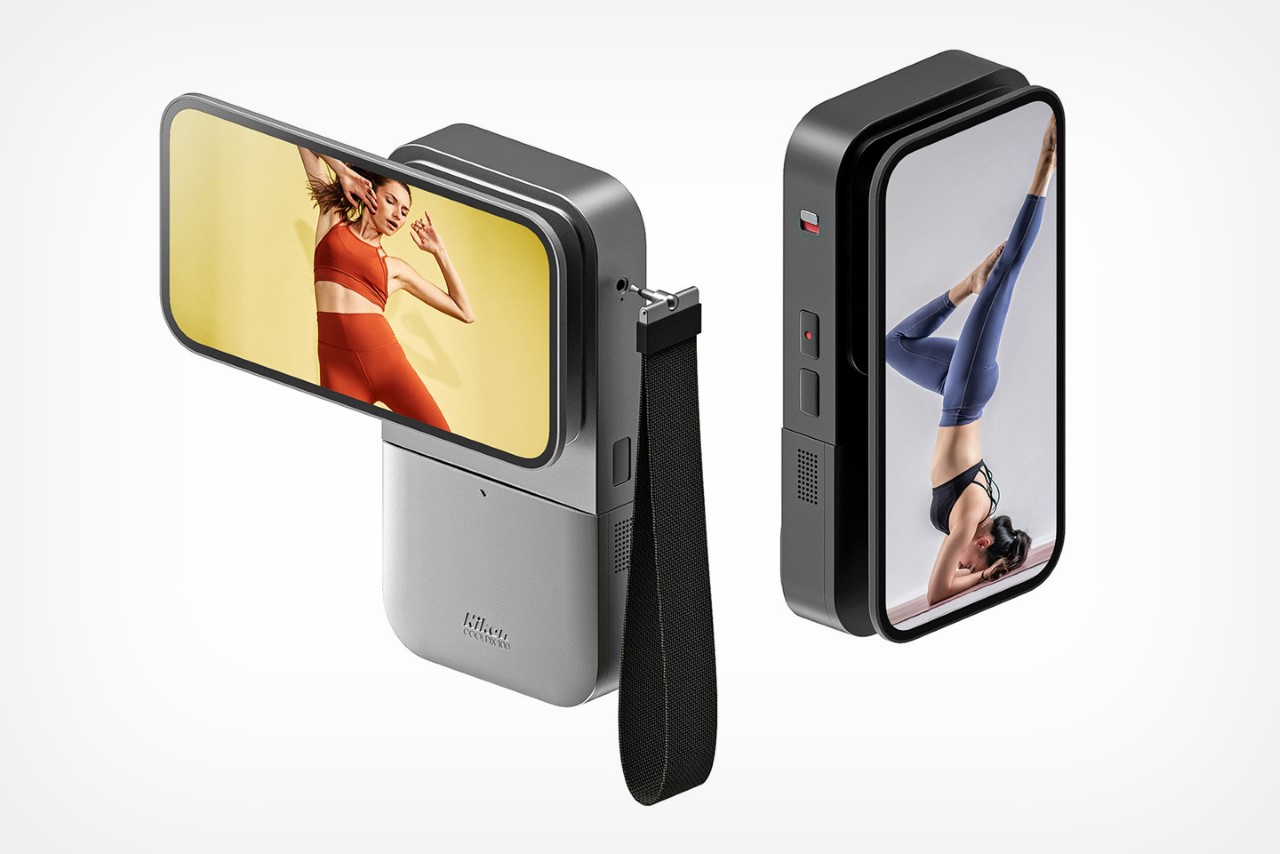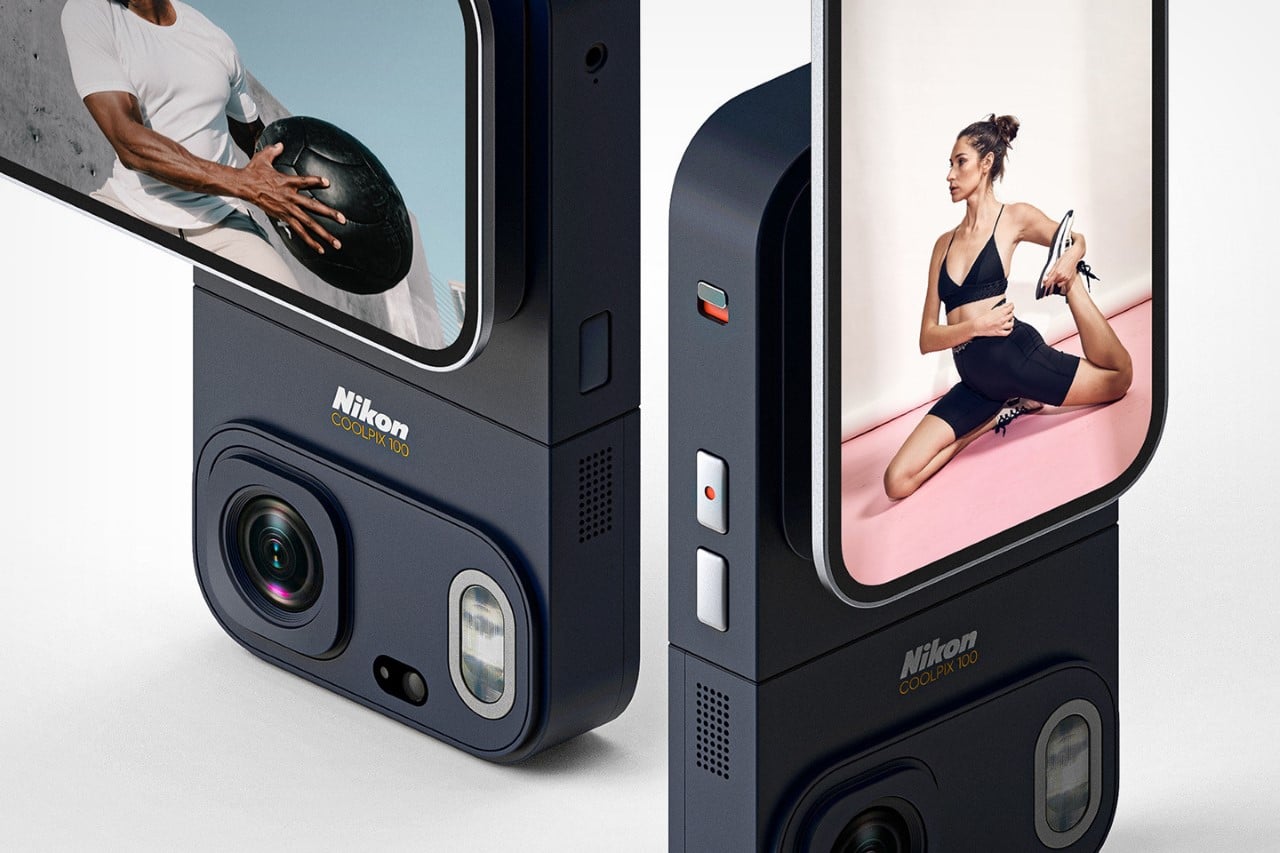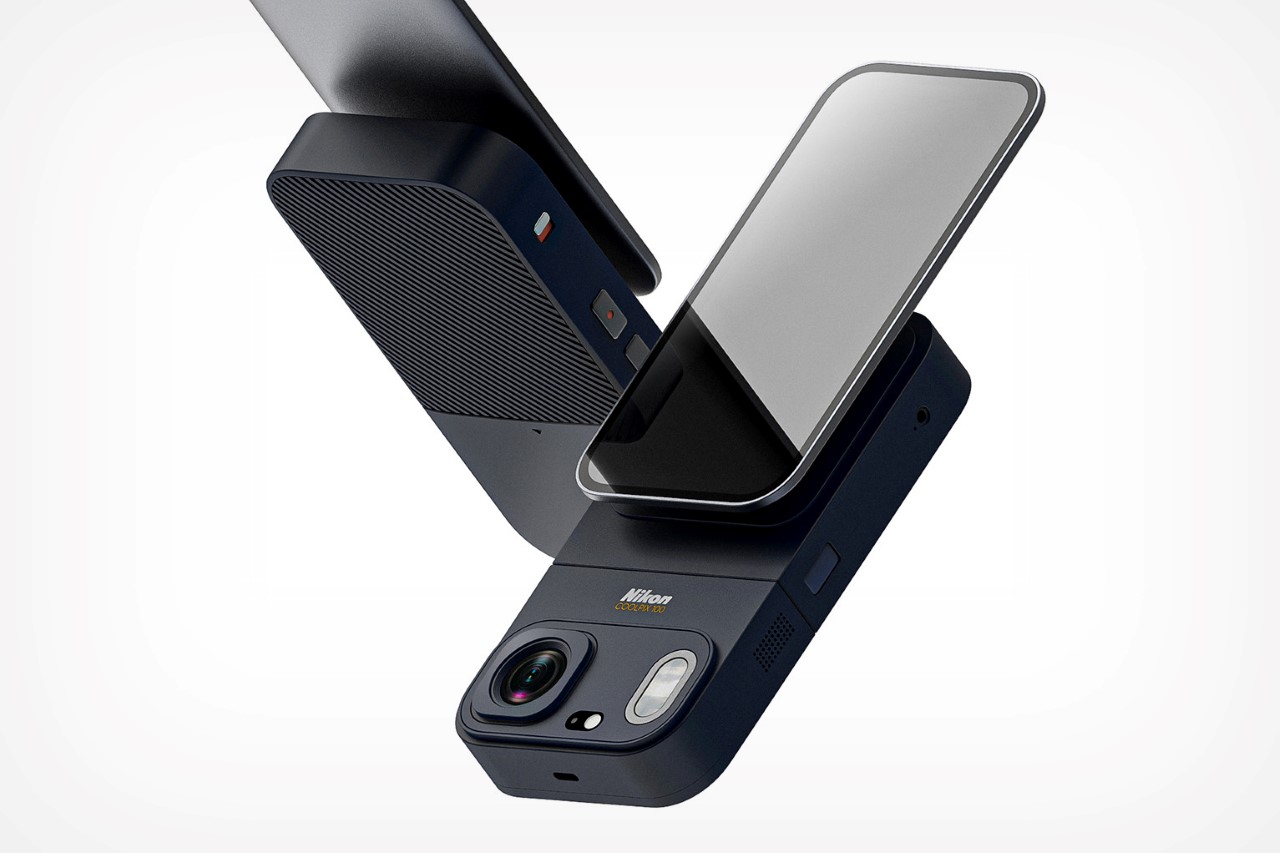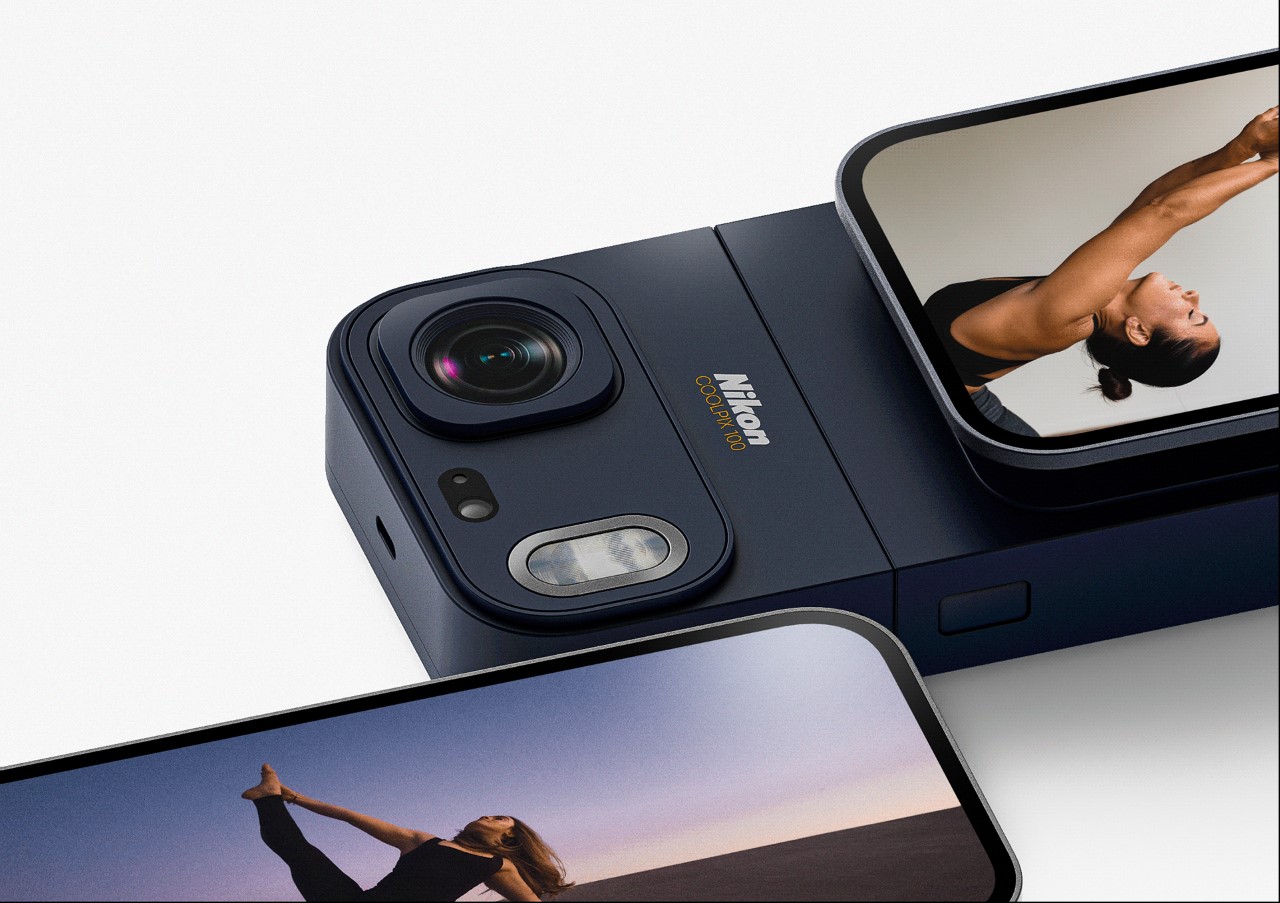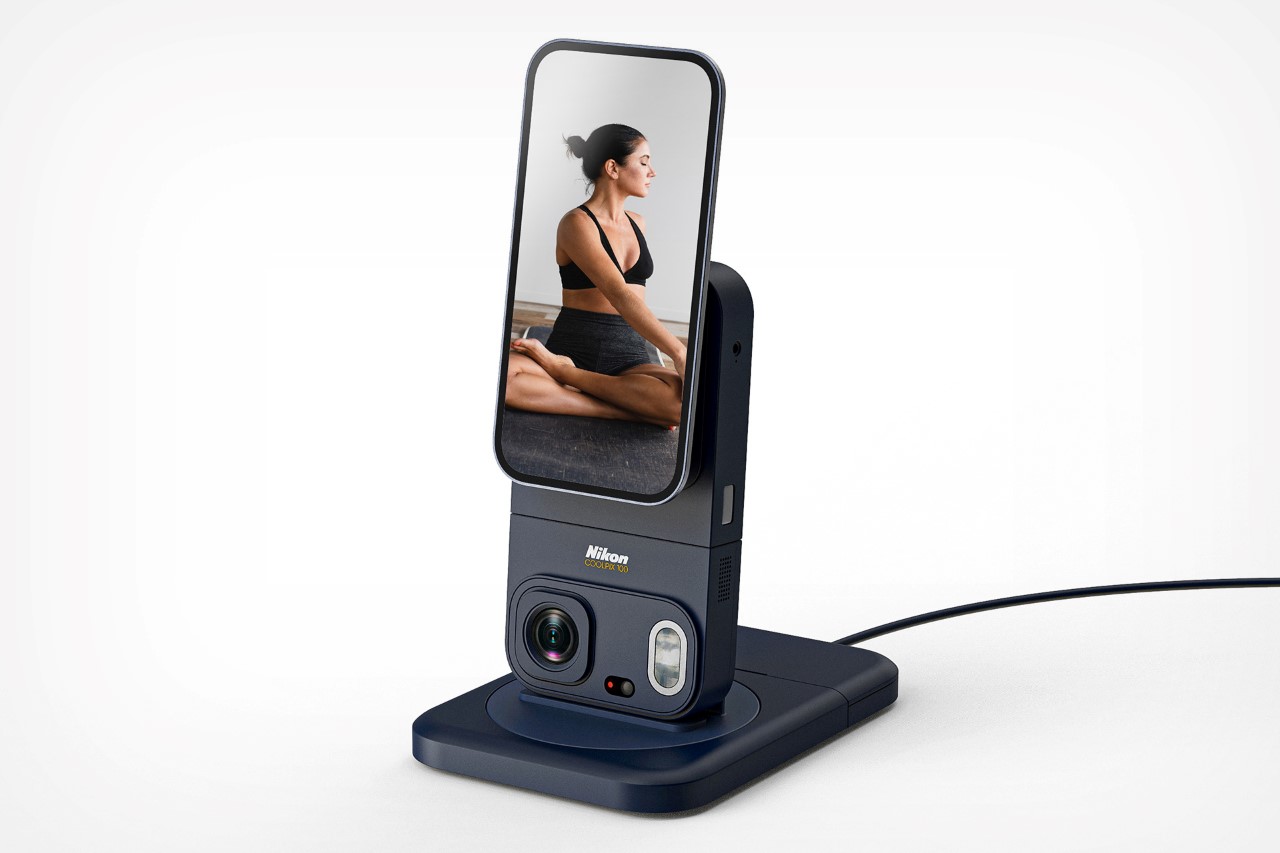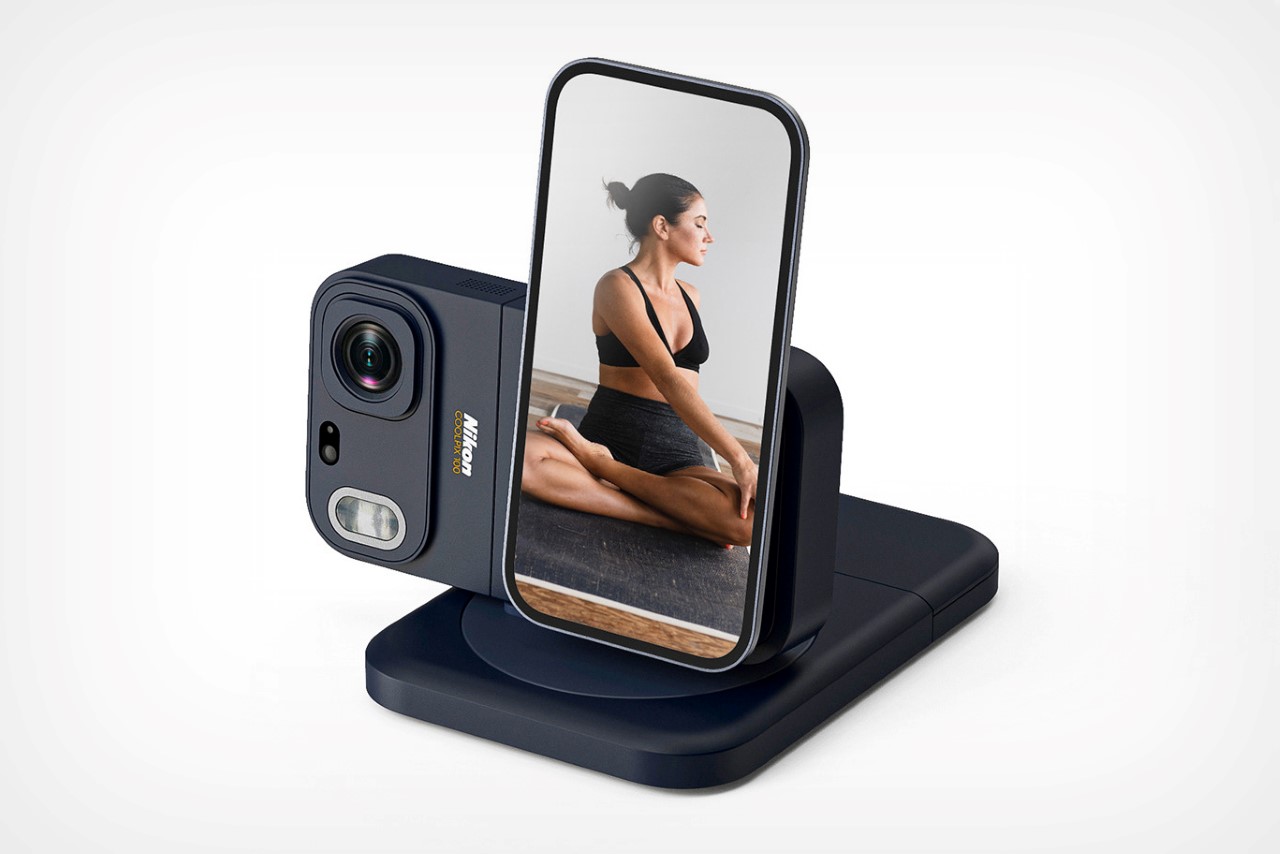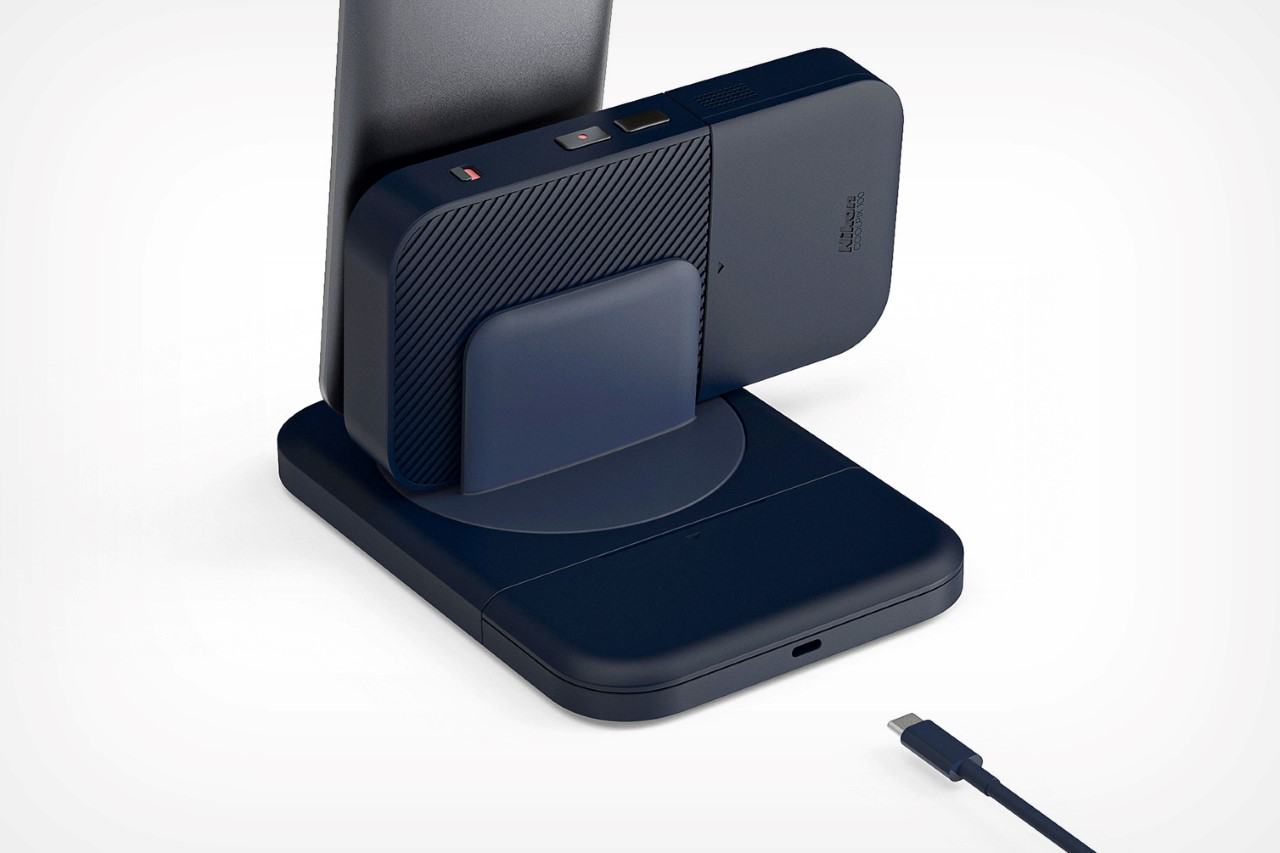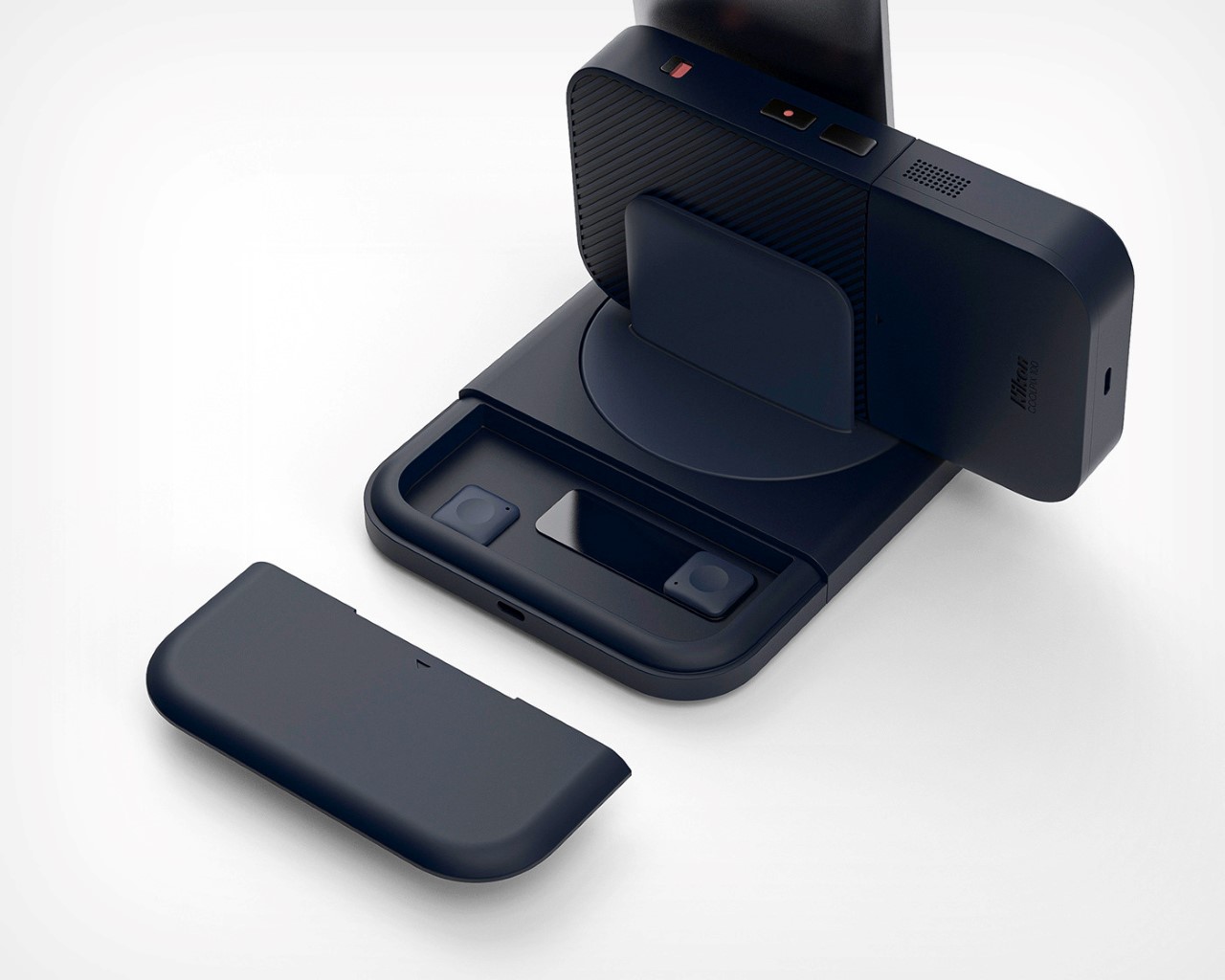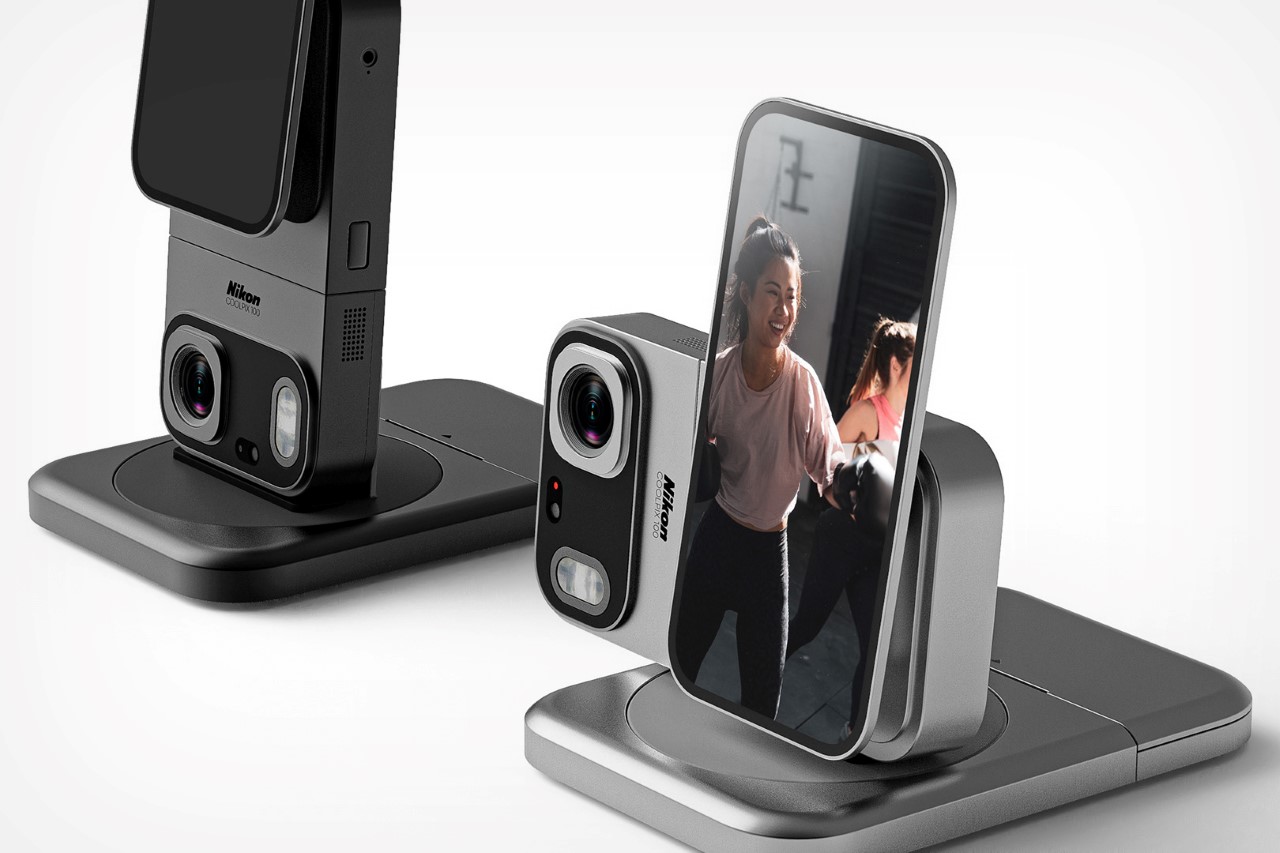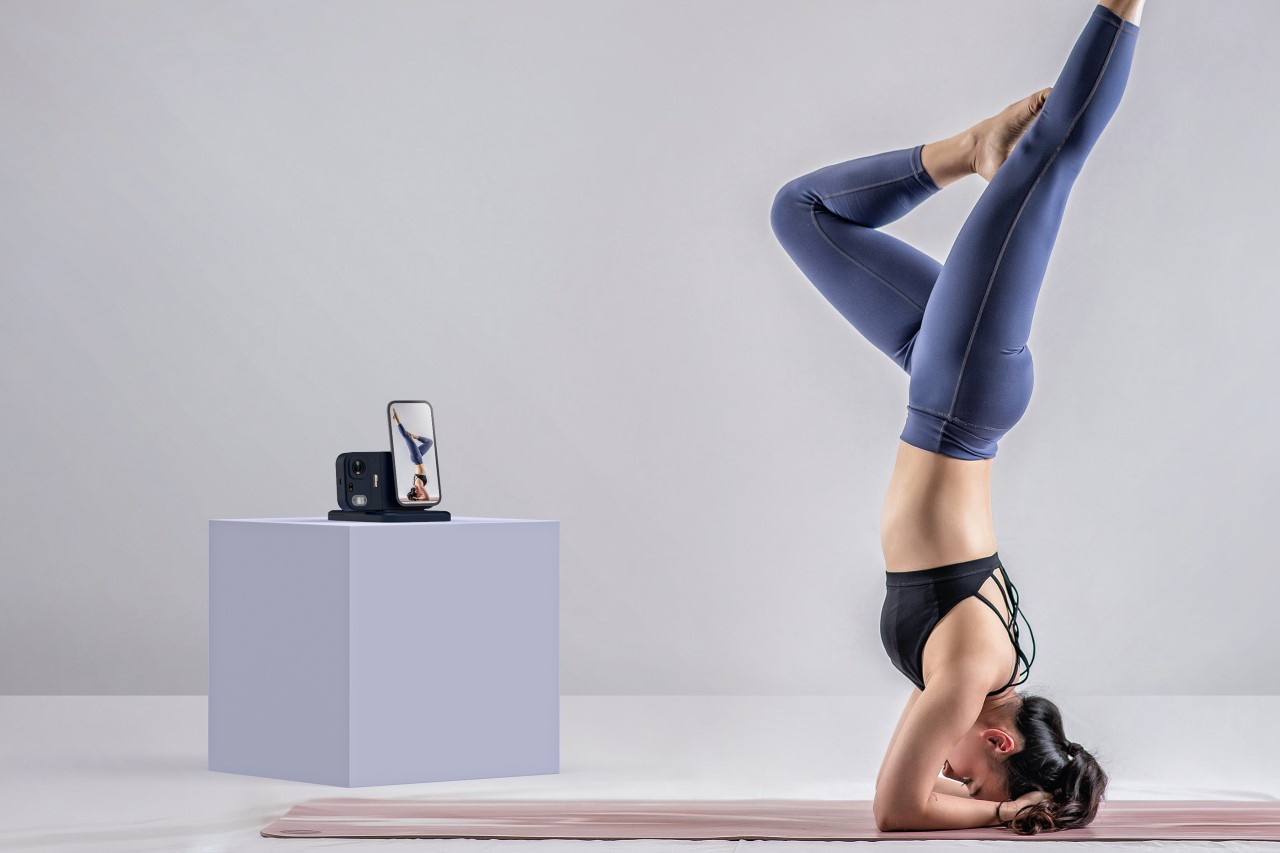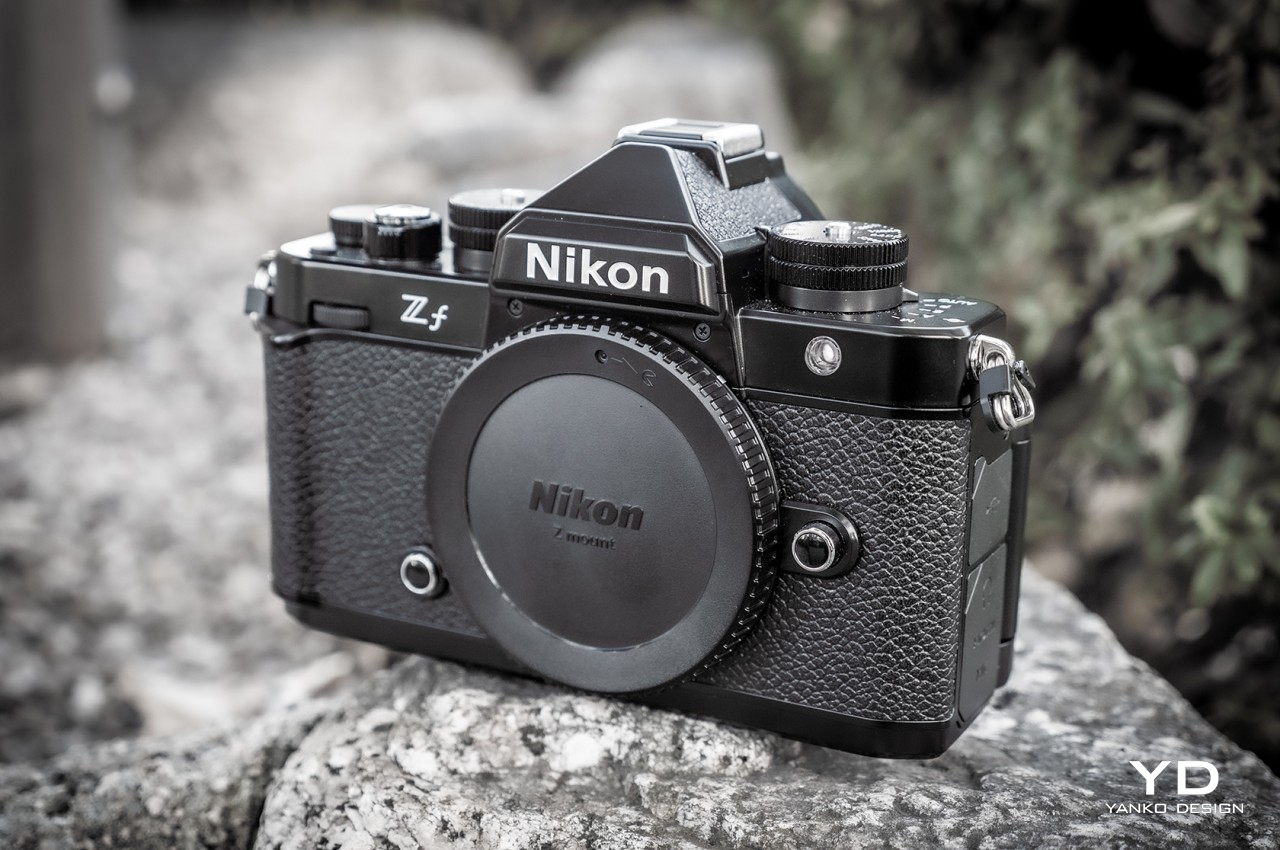
PROS:
- Beautiful vintage design
- Dedicated Black & White mode switch
- Fully articulated touch screen
CONS:
- No proper hand grip
- Outdated micro HDMI port
RATINGS:
SUSTAINABILITY / REPAIRABILITY
EDITOR'S QUOTE:
The Nikon Zf mirrorless camera finally gets the right mix of a classic design that photographers love and the modern performance that photographers need.
The powerful cameras inside our smartphones were touted to spell the end of dedicated cameras, but that couldn’t be farther from the truth. Not only are smartphones severely limited by their sizes, mobile photographers actually graduate into pros and switch to these more powerful and larger cameras. Digital cameras, both DSLR and mirrorless, have also been progressing in their designs, though some seem to have hit a wall in bringing classic aesthetics to present-day specs. Nikon has had a few hits and misses in the past, but that hasn’t stopped it from trying yet again. With the Nikon Zf, the brand makes another attempt at reviving its classic SLR aesthetic for the 21st century, and we give it a good look to see if it manages to finally pull it off.
Designer: Nikon
Aesthetics
Unless you count outliers inspired by Polaroid-style instant cameras, the basic design of cameras hasn’t changed that much in decades. Sure, there are new components like LCD touch screens, D-pads, joysticks, and buttons, but the shape, knobs, dials, and even the location of these elements have mostly stayed the same. There is definitely staying power in the classic camera designs, and Nikon has been trying to bring back those memories and grow a new appreciation for them with the new Nikon Zf, and to much success, we’re happy to say.
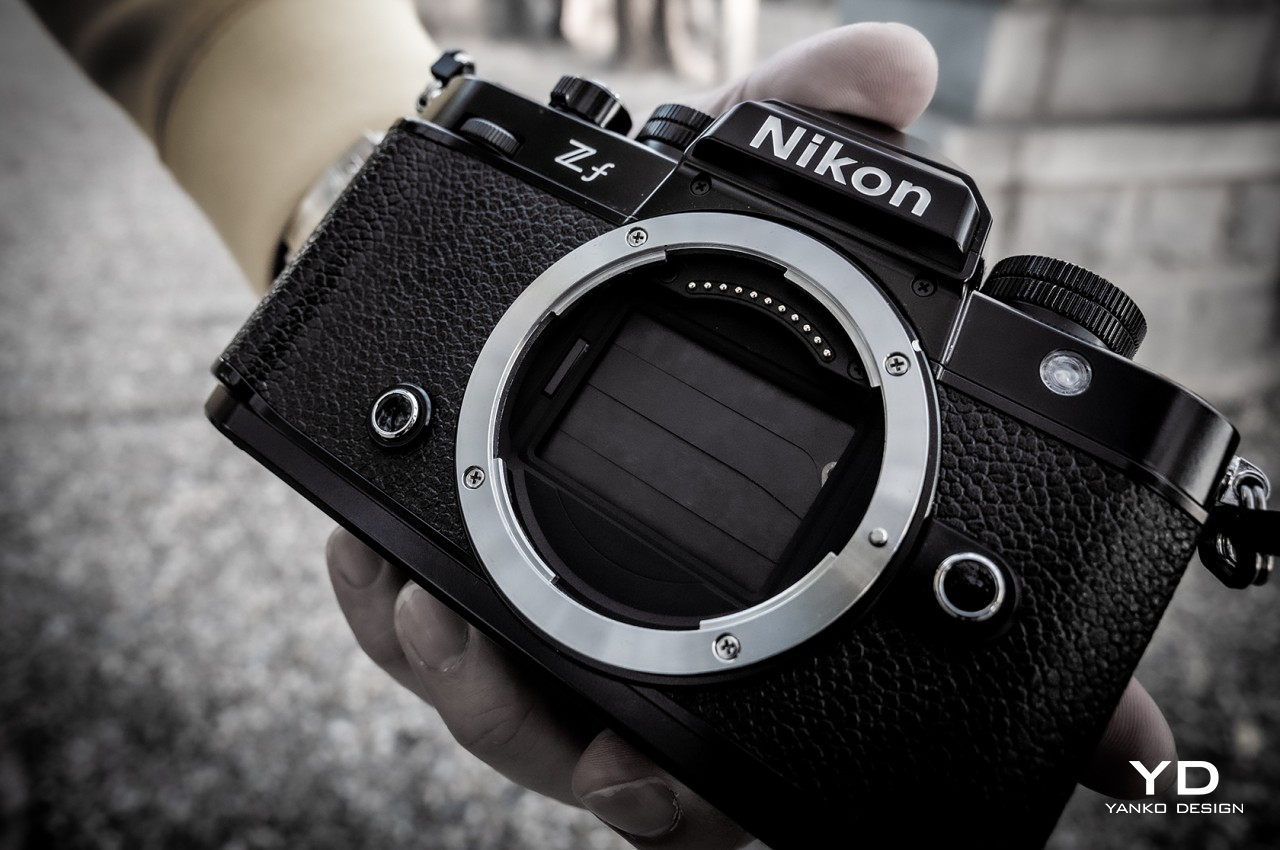
The Nikon Zf accurately captures the look and feel of the brand’s early SLRs almost to a fault. It has that all-black finish on a simple and almost featureless rectangular body, wrapped in leatherette covering, and topped by a collection of chunky dials made from brass. The back does have modern amenities like a touch screen, a directional pad to navigate certain options, and buttons as shortcuts to most-used functions, but the overall look remains classic and vintage to some degree. Unfortunately, Nikon opted to really stick close to the old design of cameras like the 80s FM2 to the point that it barely added a hand grip that has become a necessity in this day and age.
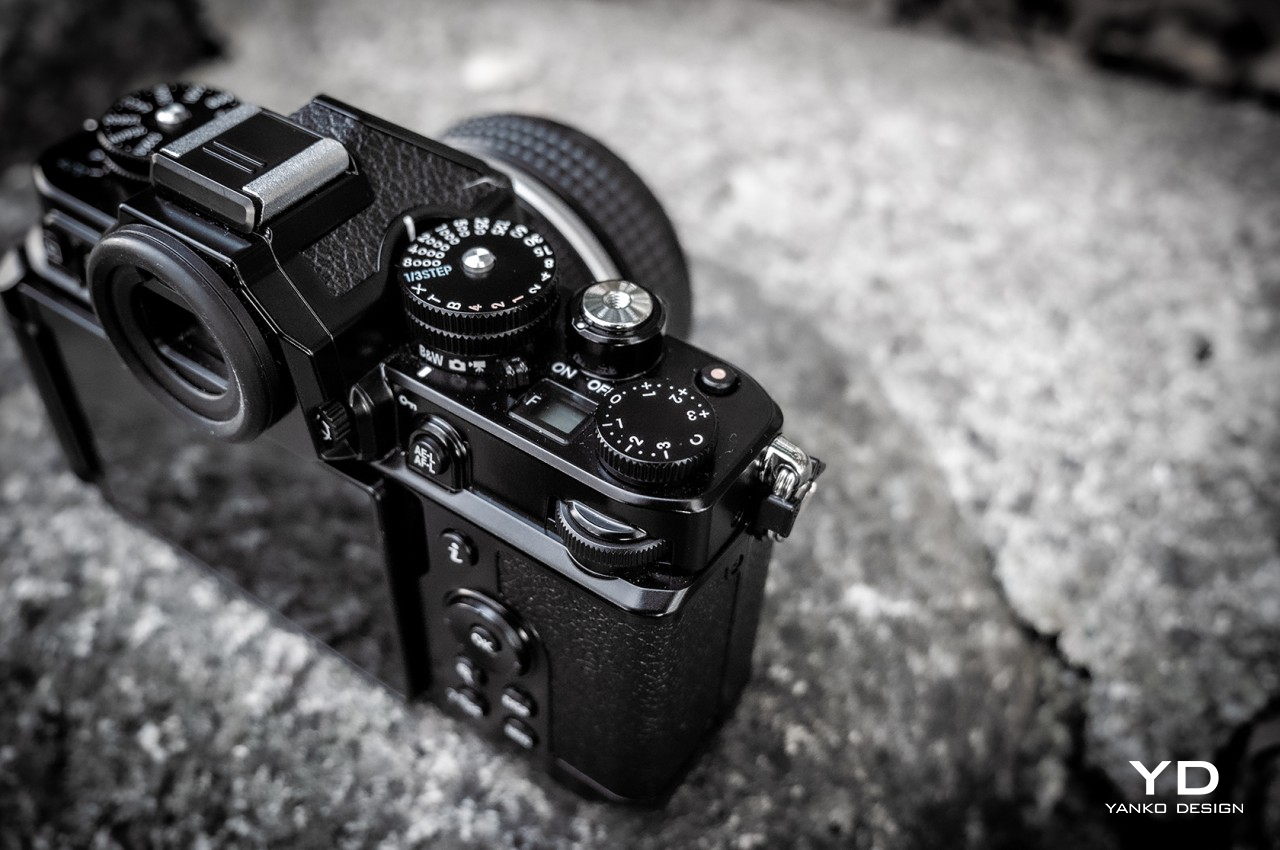
Unlike the camera maker’s previous attempt, namely the Nikon Zfc, the Nikon Zf feels just as premium as it looks. You can definitely feel the magnesium alloy body that gives it a solid build, and the brass controls add more to that heft, for better or worse. Unfortunately, the choice of materials may have limited Nikon’s color options, as there is no combination that uses a silver finish for the top section, though there are other leatherette colors available to match your preferred style.
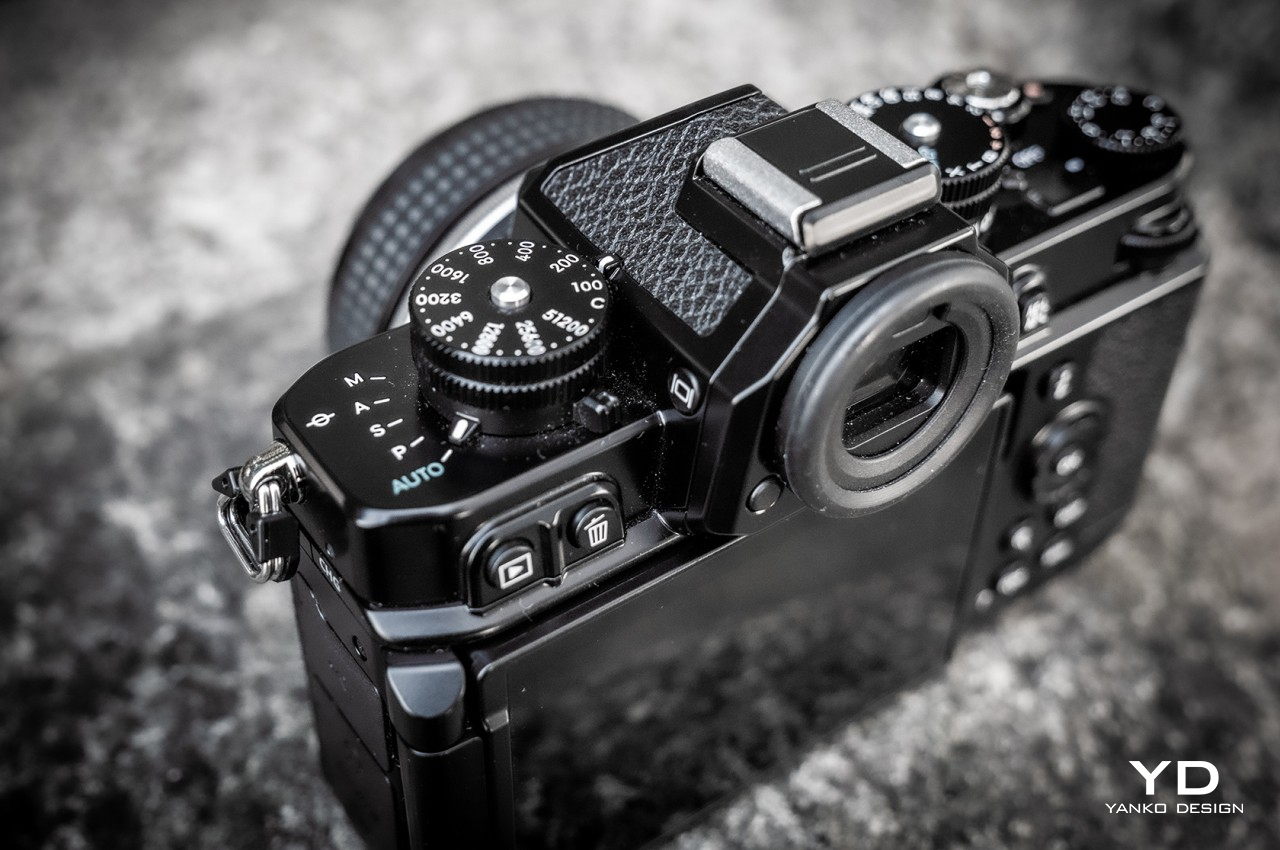
Ergonomics
The Nikon Zf’s solid construction helps it feel premium, but that also works against it in one particular manner. The mirrorless camera has quite a bit of heft to it, which wouldn’t be a problem except for one design quirk. Unlike some cameras today, the Nikon Zf doesn’t have a substantial hand grip that would have improved the ergonomics of the design. It does have a small elevation on the right side of the camera body, but not exactly enough to offer confidence and stability. And that’s not even considering the weight of the lenses you will be attaching to the camera.
You can add a hand grip courtesy of an official Nikon accessory, but that’s an added $40 on top of the camera’s already substantial price tag. There are Nikon cameras that do have such a large hand grip built-in, so it’s not like it’s an alien concept for the manufacturer. It just intentionally chose to stick to this old-school design that, unfortunately, didn’t have that kind of focus on ergonomics.
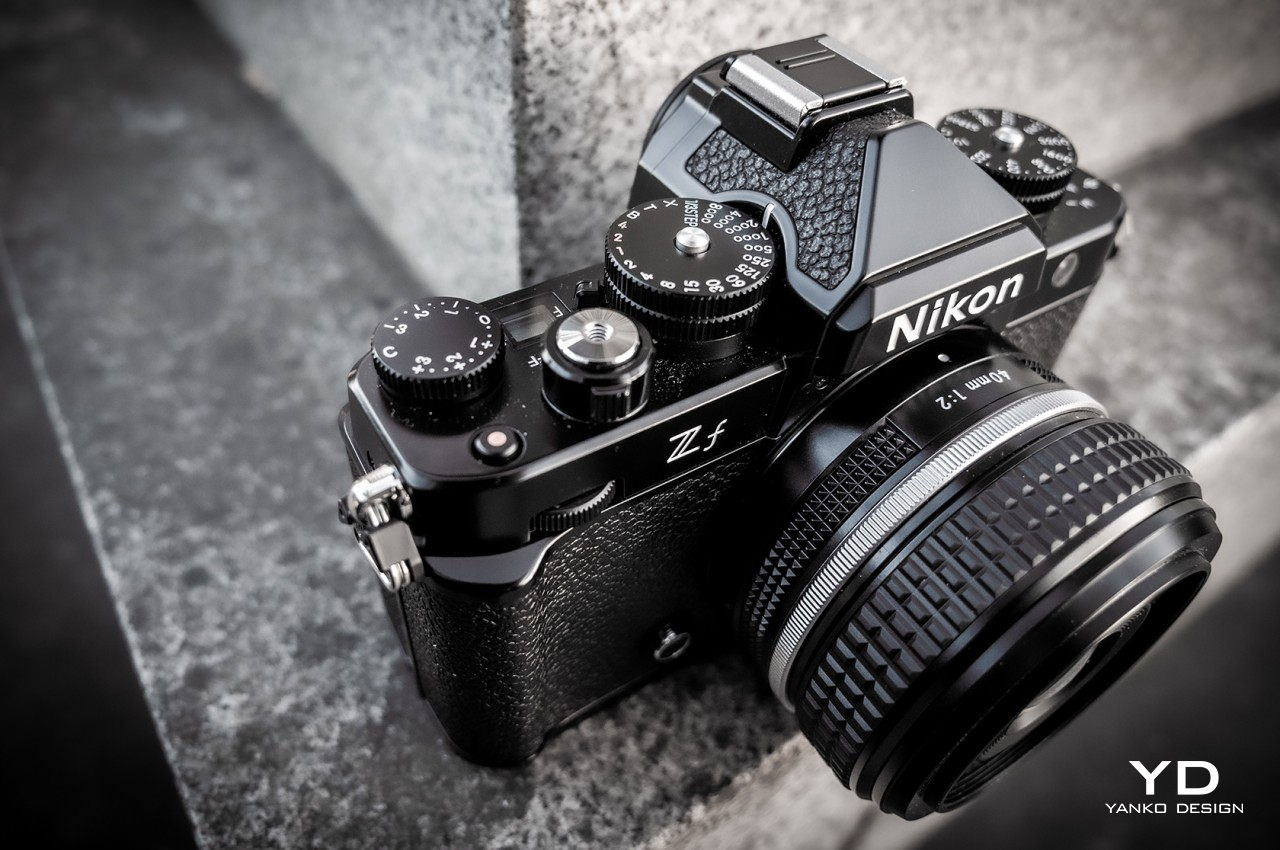
Fortunately, using the Nikon Zf isn’t that much of a difficult chore, with most of the important dials and buttons within easy reach of your right thumb. The analog dials give a satisfying tactile experience while switching modes, ISO levels, and more. The vari-angle LCD screen makes it possible to capture photos and videos even from difficult angles, though the mushy circular directional pad makes it a little less enjoyable to navigate the camera’s menus, at least compared to a joystick.
Performance
It might look vintage, but the Nikon Zf is definitely equipped to handle the challenges of modern photography. In addition to the tried and tested 24MP full-frame BSI CMOS sensor that it has been using on well-received mirrorless cameras, Nikon has installed a newer Expeed 7 processor that opens up more possibilities for photographers, particularly when it comes to subject recognition and object tracking with autofocus. It’s quite an impressive combination that puts the Nikon Zf on par with many modern digital cameras these days. Admittedly, it’s not exactly a revolutionary new feature but at least it won’t be lagging behind its peers.
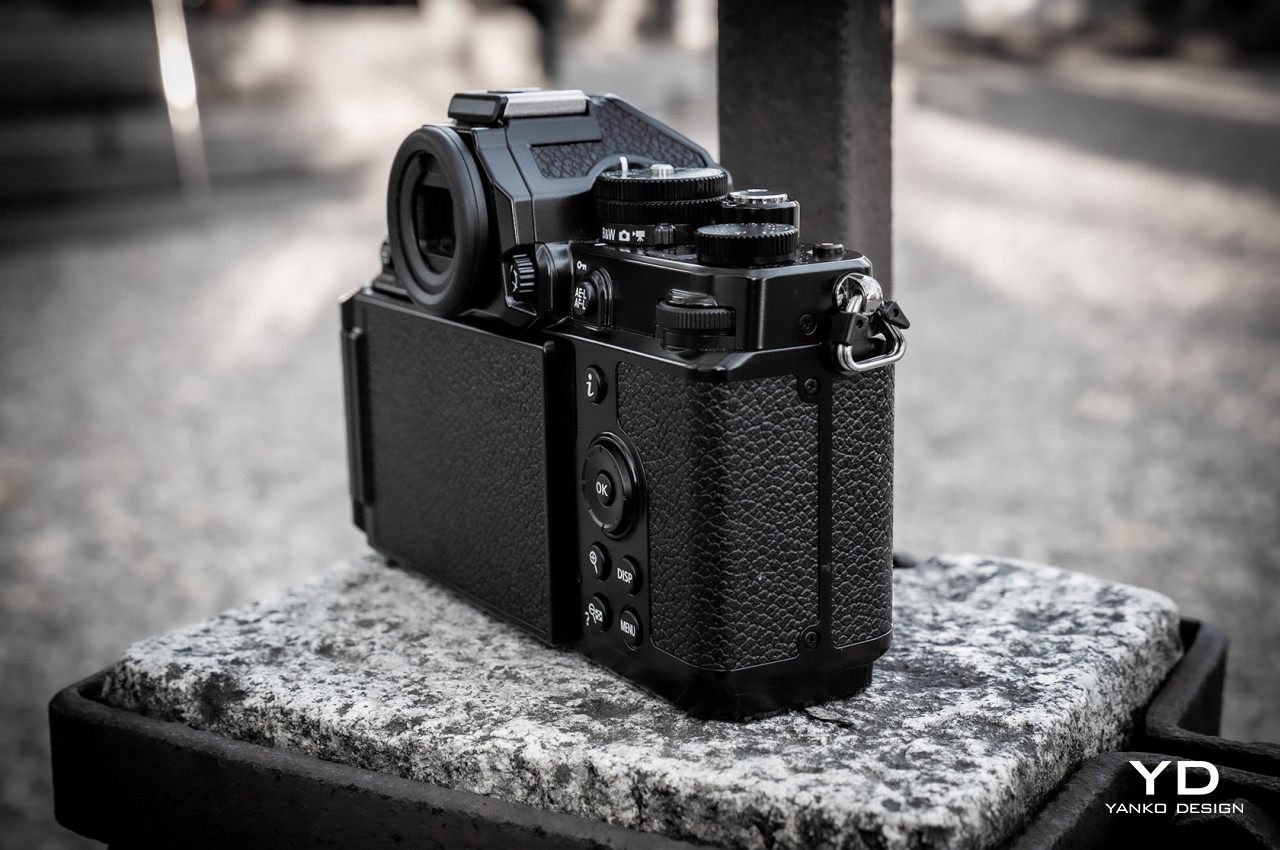
The images the Nikon Zf produces are definitely no joke, with clear and crisp details matched with accurate colors that are neither too warm nor too cold. The 8-stop in-body image stabilization makes short work of shaky hands, though you’ll still want to grab a tripod for features like pixel-shift multi-mode that composes multiple shots together for a higher-res image, or 14fps continuous shooting. The Nikon Zf has plenty of other interesting modes that let photographers flex their artistic muscles. Black and white modes offer basic Flat or red filter Deep Tone controls, and it even has a dedicated switch on the dial for this mode. You can also record videos, something the original SLRs couldn’t, at up to 4K 30fps (full-frame) or 60fps (1.5x crop).
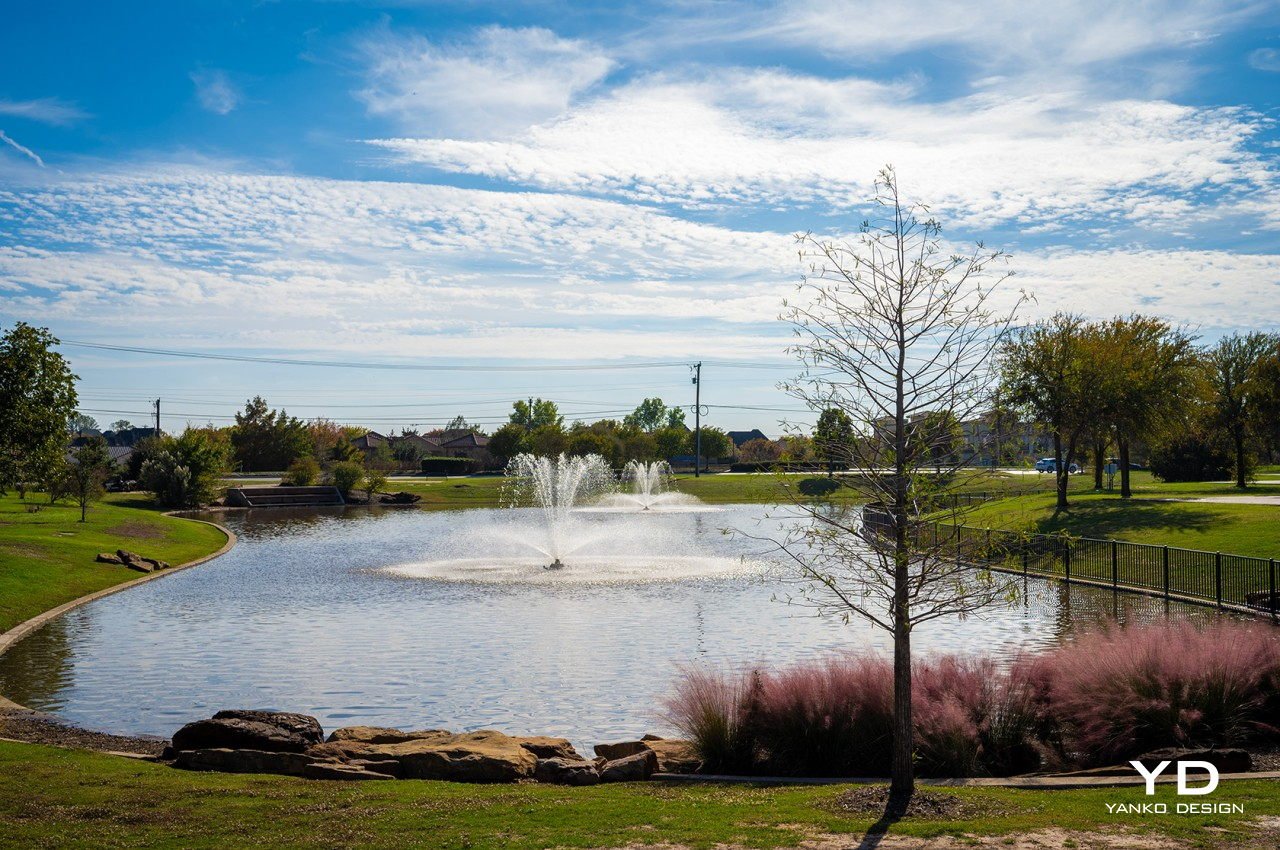
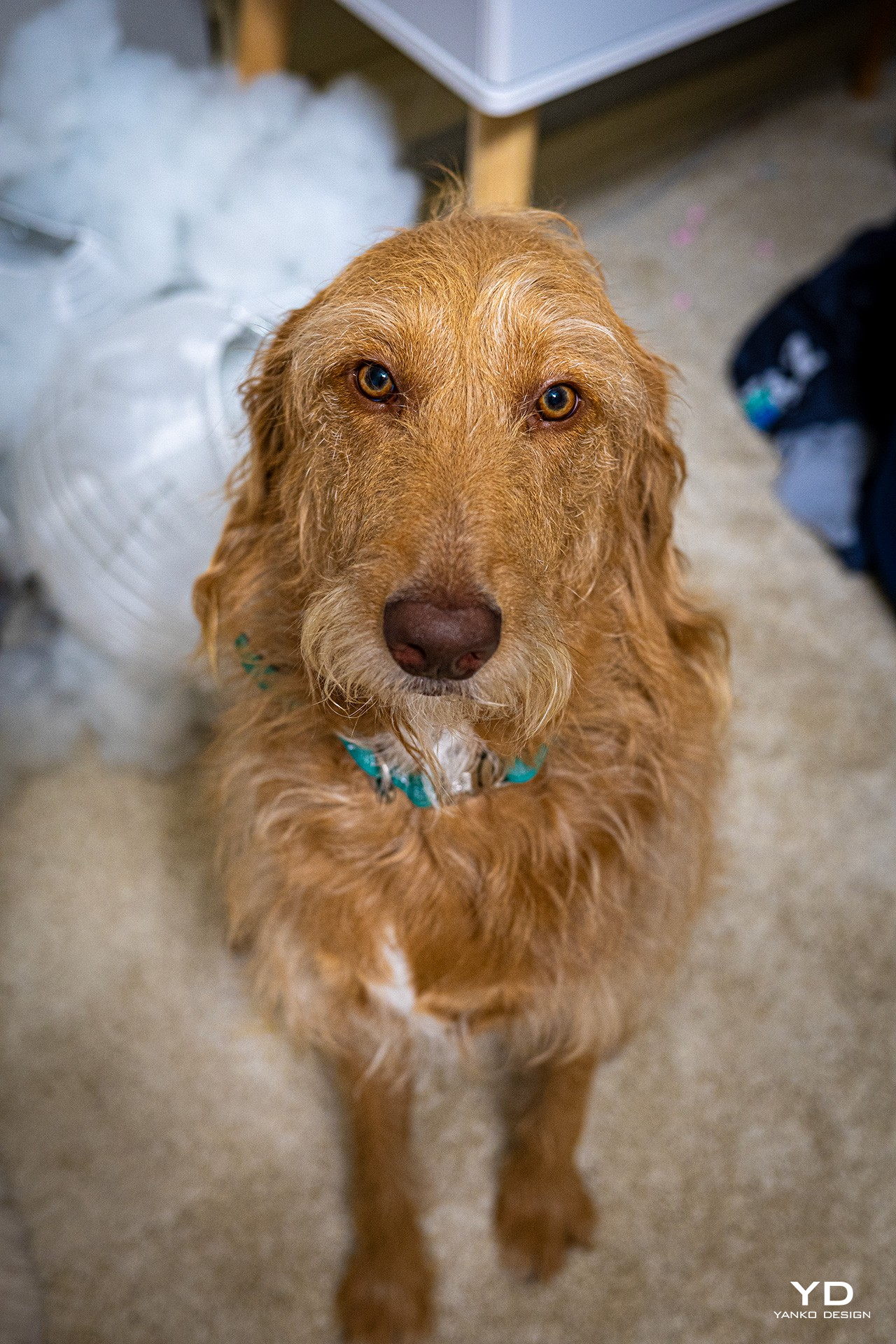

The mirrorless camera, powerful as it may be, also has a few design quirks when it comes to hardware. Some of them look good on paper, while others might leave you scratching your head. There’s a second memory card slot that can be used for backup, for example, but it can only fit a slower microSD card compared to the main UHS-II SD storage. There’s also an HDMI port for an external monitor, but it’s of the older and somewhat rare micro HDMI variety, not even a mini HDMI port. Not exactly deal breakers, but something you might want to keep in mind when buying accessories.
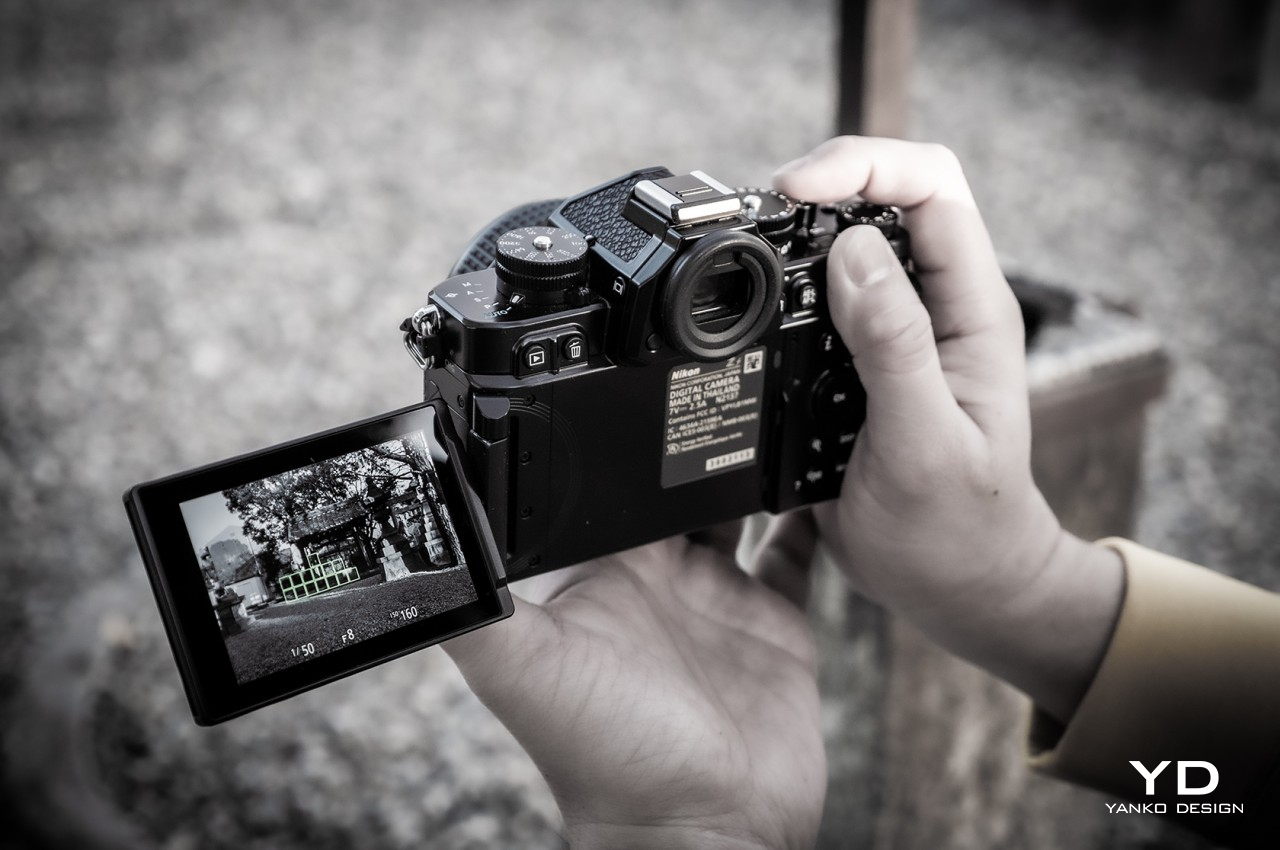
Sustainability
The choice of magnesium alloy for the body and brass for the controls gives the Nikon Zf a bit of an edge when it comes to sustainable materials. Sure, there is still plenty of plastic inside, especially in places where Wi-Fi radio signals have to pass through, but the amount of plastics used is reduced to some extent.
Those materials also help preserve the camera’s longevity and long-term value. The solid construction adds to the product’s durability, while the magnesium alloy shell is advertised to be dust and drip-resistant. The brass metal components also gain character as the surface develops unique patinas over years of use.
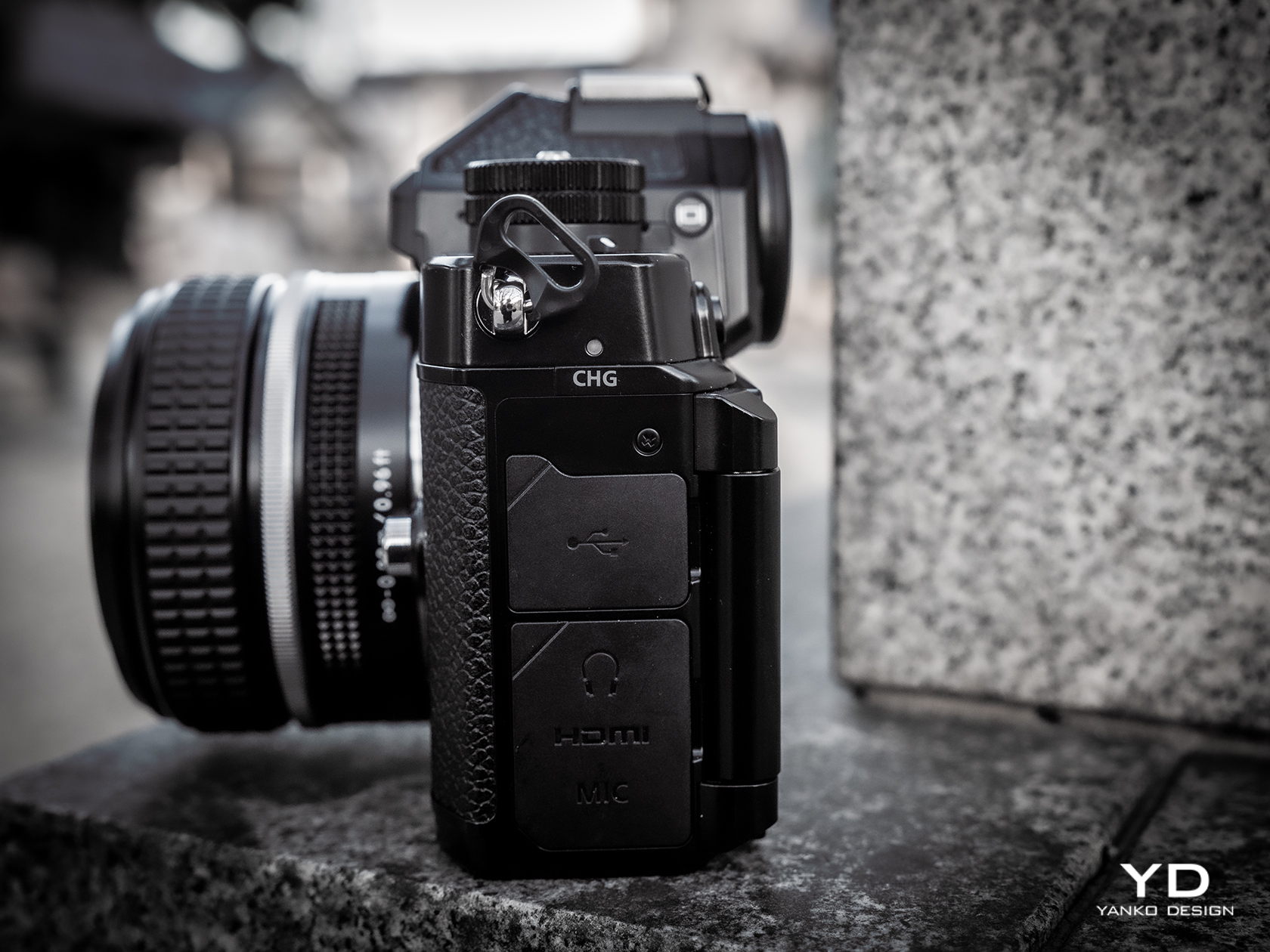
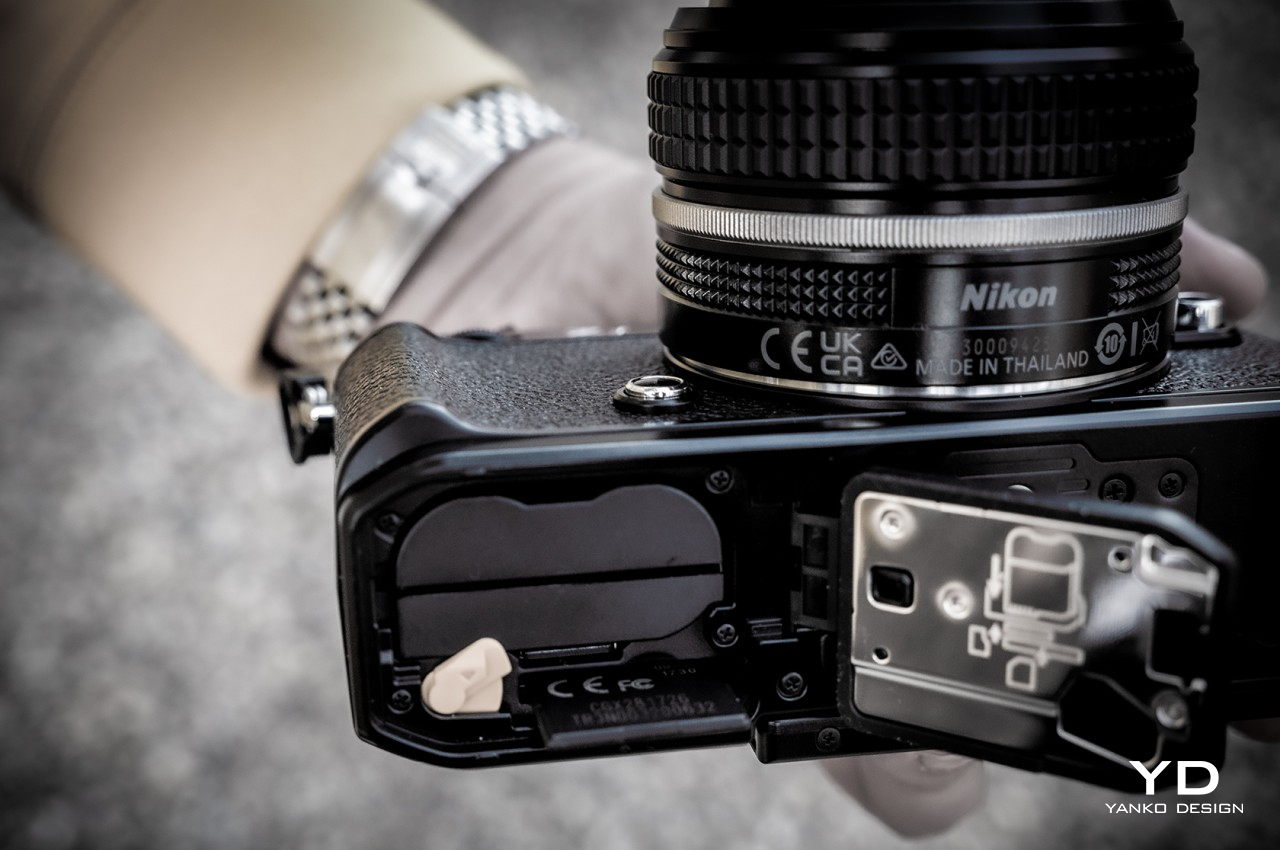
Value
One of the biggest hurdles that aspiring photographers have to climb over is the seemingly insurmountable price tag attached to these cameras. You could easily buy two or even three of the most powerful smartphones for the price of a single mirrorless or DSLR camera and you’d be able to use those devices for more than just photography. Of course, this is comparing apples to oranges, but it’s a challenge that all budding photographers will have to overcome someday.
The Nikon Zf, for example, goes for a hefty $1,999.95, and that’s for the camera body alone, which you can’t use as-is. You’ll need to attach a lens, and if you’re scratching from scratch, you’ll need to throw in another $400 or more for a complete kit. Might as well add the $40 SmallRig to get the extension grip that will help prevent accidents that will flush that expensive investment down the drain. In the end, the Nikon Zf is exactly that: an investment. It definitely has the right mix of features that will let you capture stunning and potentially award-winning shots or videos, features that won’t become obsolete in just a few years, unlike smartphones.
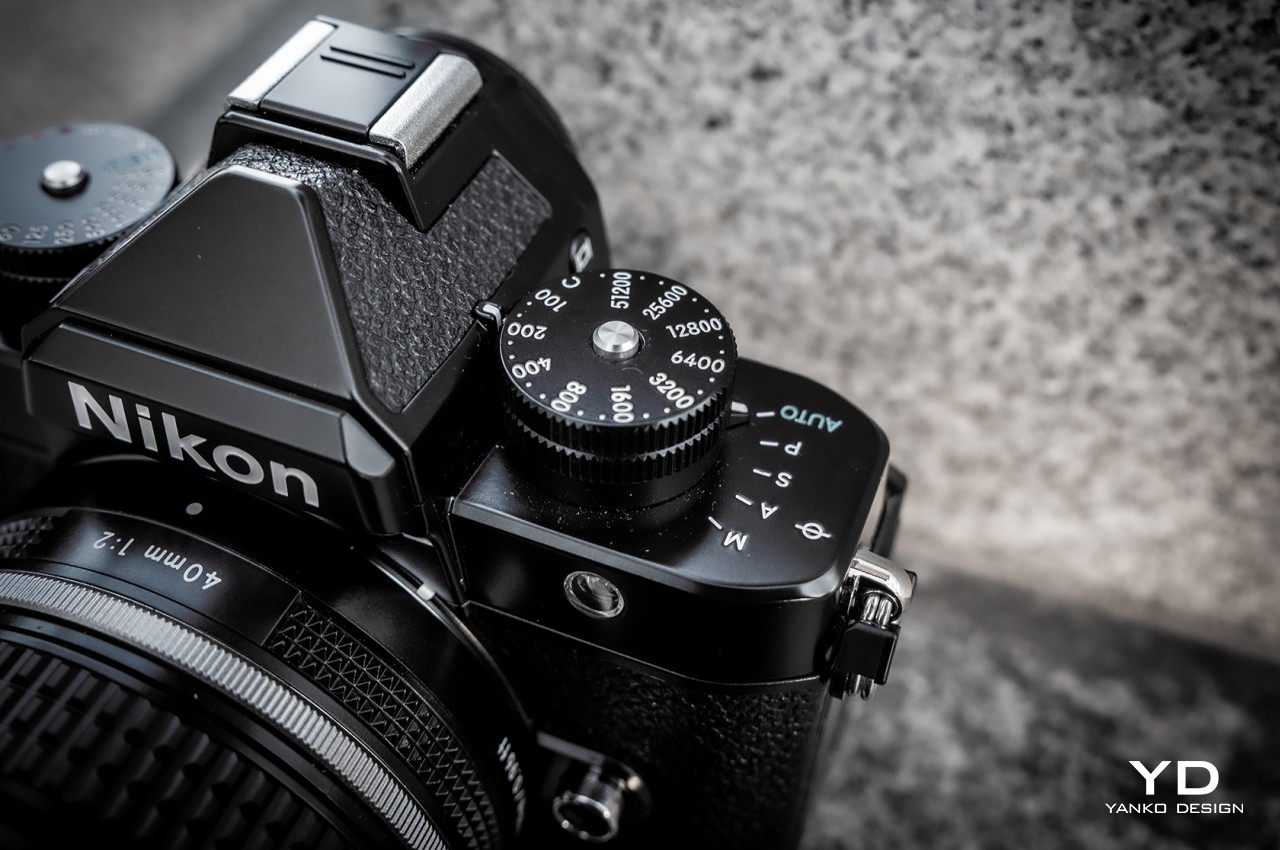
Verdict
The digital camera market is far from dead, though some will definitely say it is crawling to a stop. That doesn’t mean there’s no more room or opportunities for improvement, especially when trying to find the right mix of design, performance, and price. We only need to look back to the past to see where we went wrong and what we did right, and the Nikon Zf is definitely putting those hard-earned lessons to heart in order to bring a fusion of the past and the present while looking toward the future.
It’s far from being the best mirrorless camera in town, even among Nikon’s roster, but it strikes a good mix of essential features that photographers from all ranges will be able to appreciate and utilize. It packs those in a design that embraces Nikon’s legacy wholeheartedly, as if trying to prove that those designs are far from being obsolete, even decades later. Sure, there are some things we wished Nikon did differently, especially with the grip, but those don’t detract from the fact that the Nikon Zf is one solid and stylish mirrorless camera that photographers need to take note of.
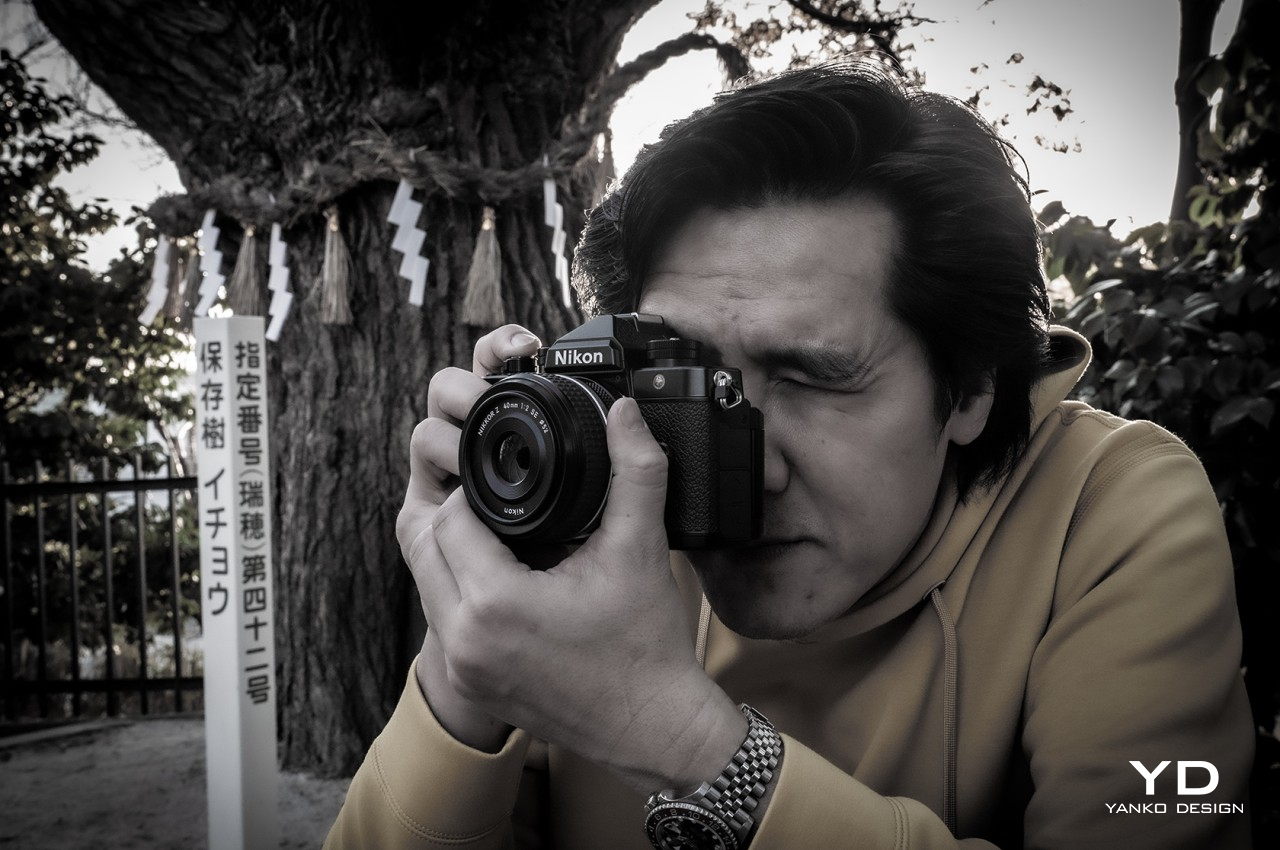
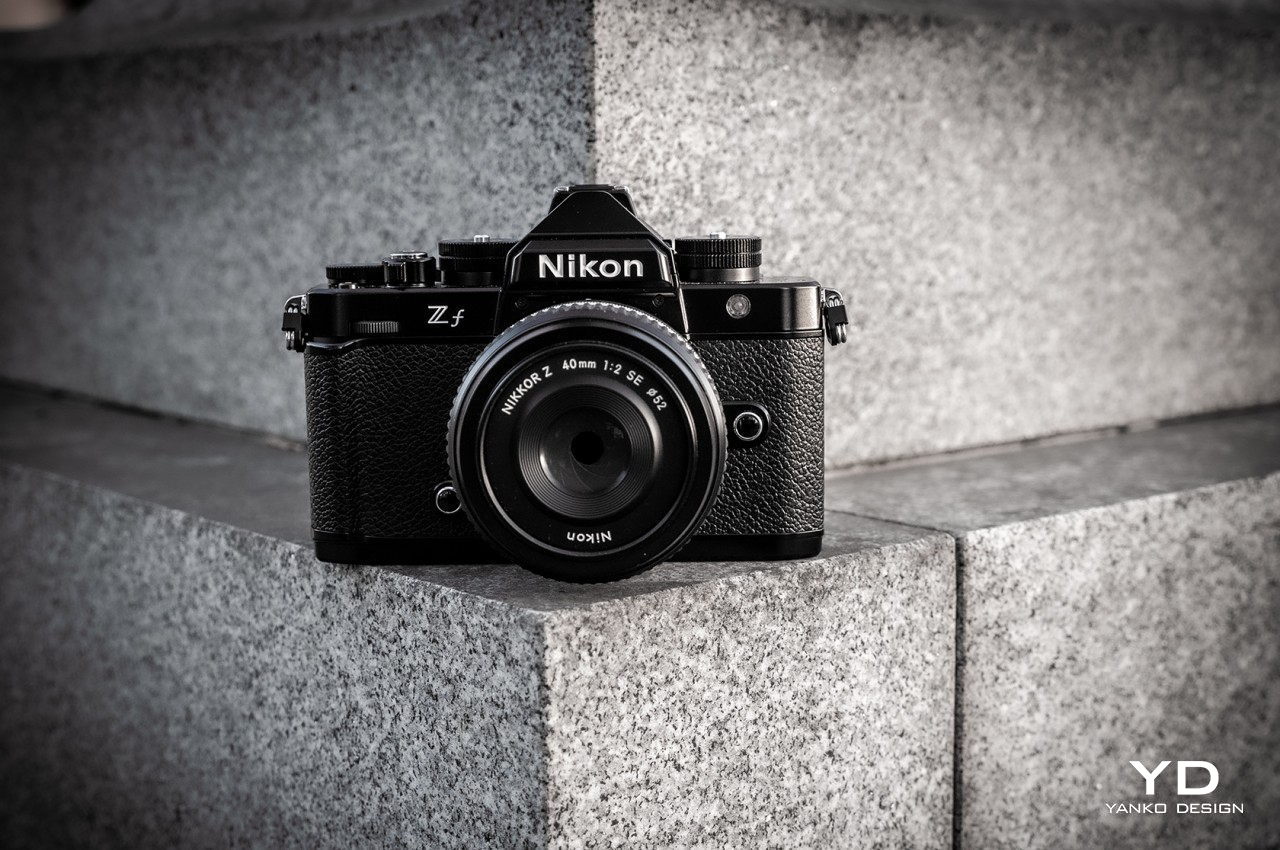
The post Nikon Zf Mirrorless Camera Review: Vintage Design, Modern Strengths first appeared on Yanko Design.
